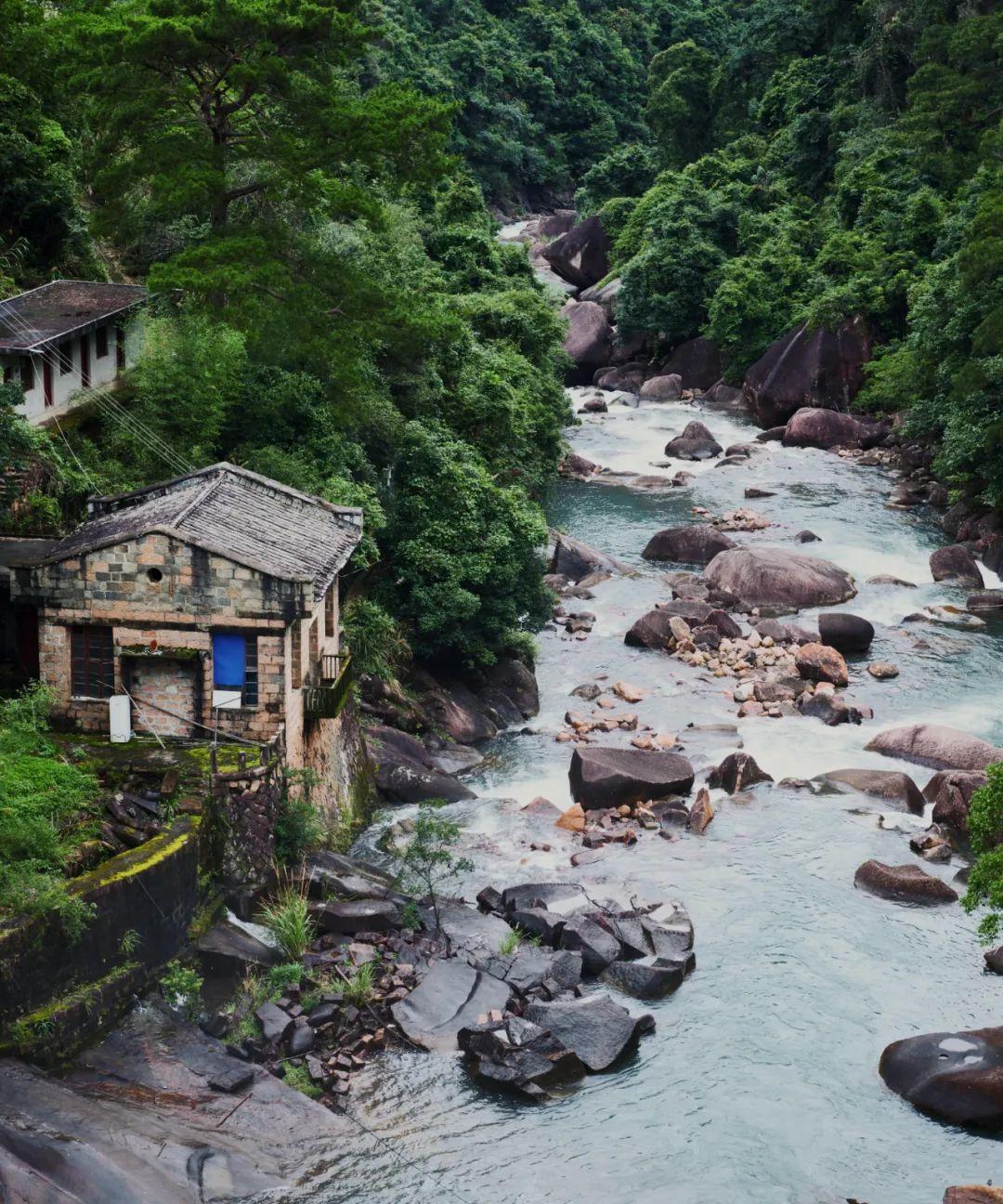
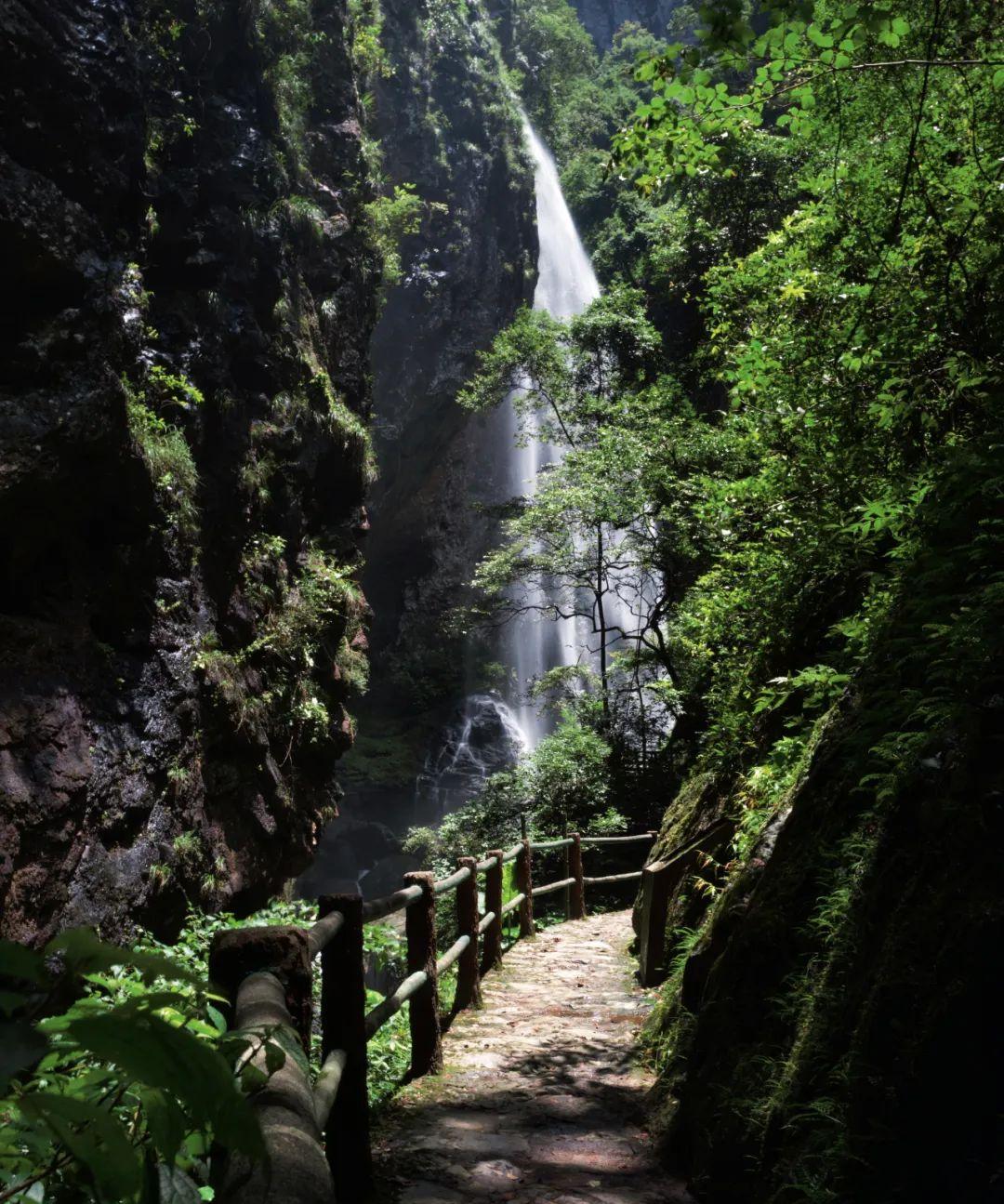
Recently, I’ve become enamored with rural travel. Are there any friends who, like me, appreciate quiet and relaxing places that feature mountains and water? 🙋🏻
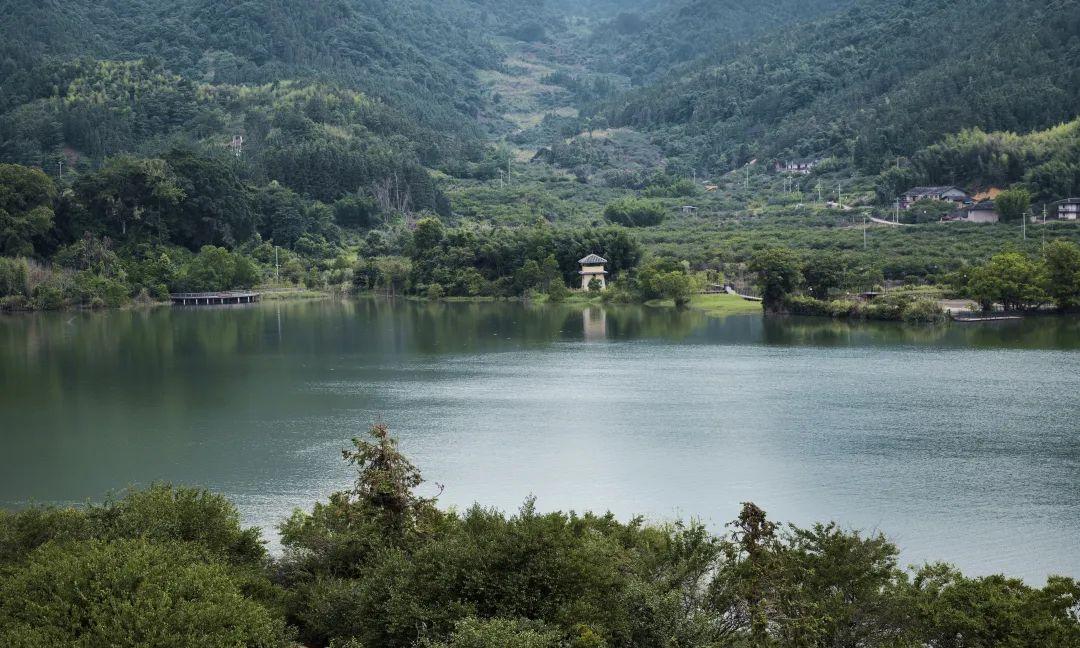
This time, I went to Yongtai, Fujian. That’s right, “Tai Mei Le” (meaning “the beauty of Tai”) refers to Yongtai’s “Tai.”
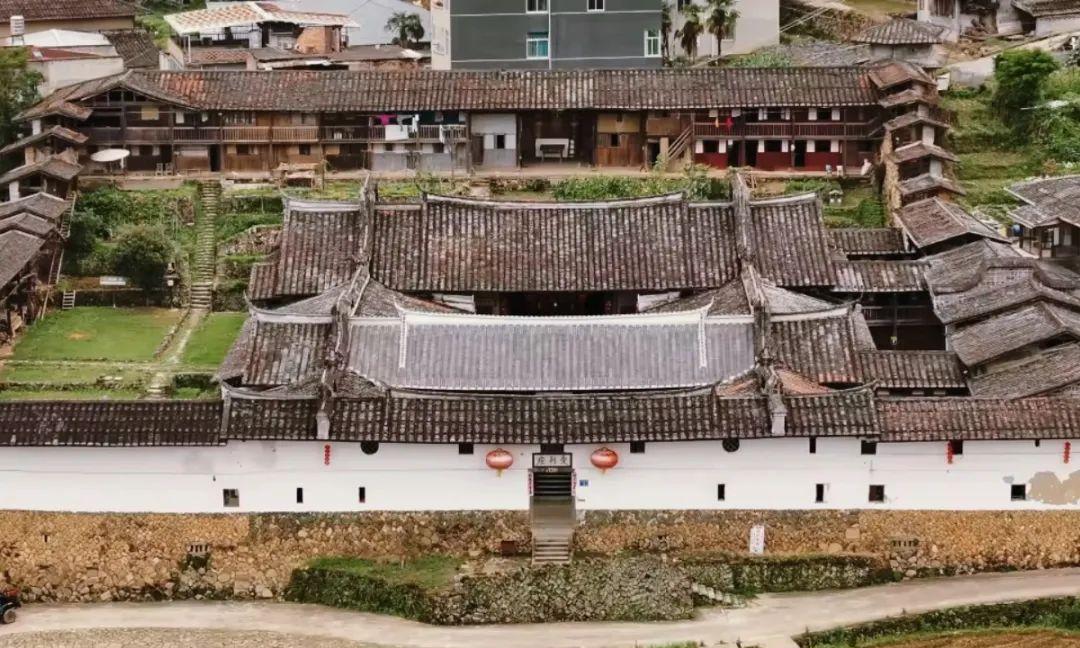
Many people know little about Yongtai, but I’m sure everyone is familiar with Fuzhou. We’ve previously written a guide on Fuzhou, an underrated provincial capital city, and its subordinate counties and cities are also low-key treasures.
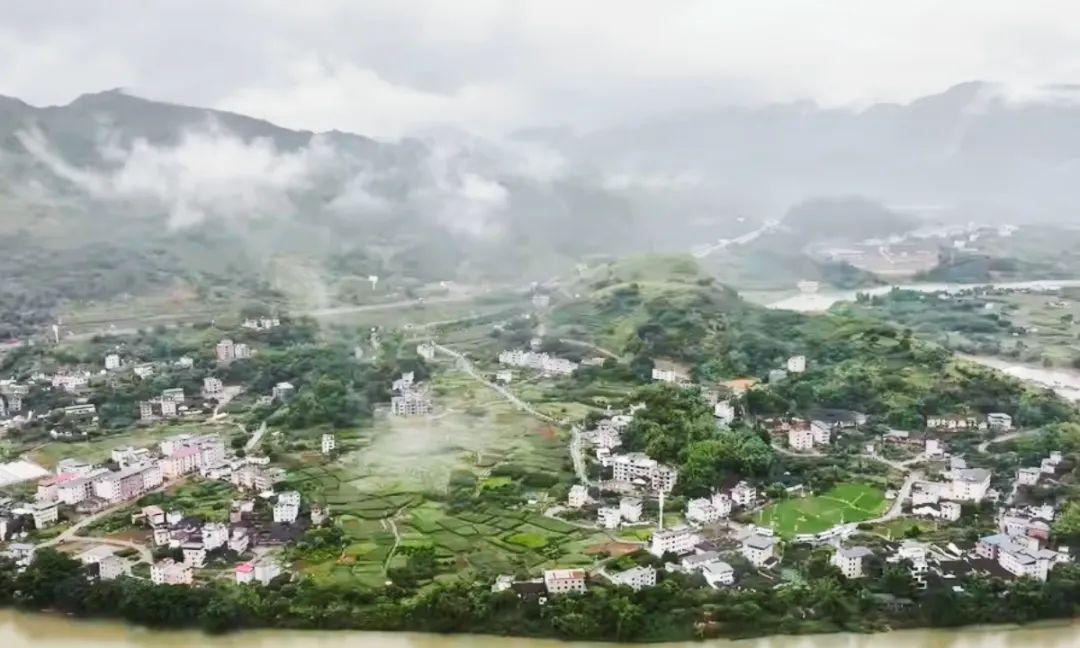
Yongtai County is located in the southwestern part of Fuzhou City and is the largest county district in Fuzhou, approximately 50 kilometers from the city center. With the fastest high-speed train from Fuzhou to Yongtai taking only 25 minutes, it’s easily accessible.
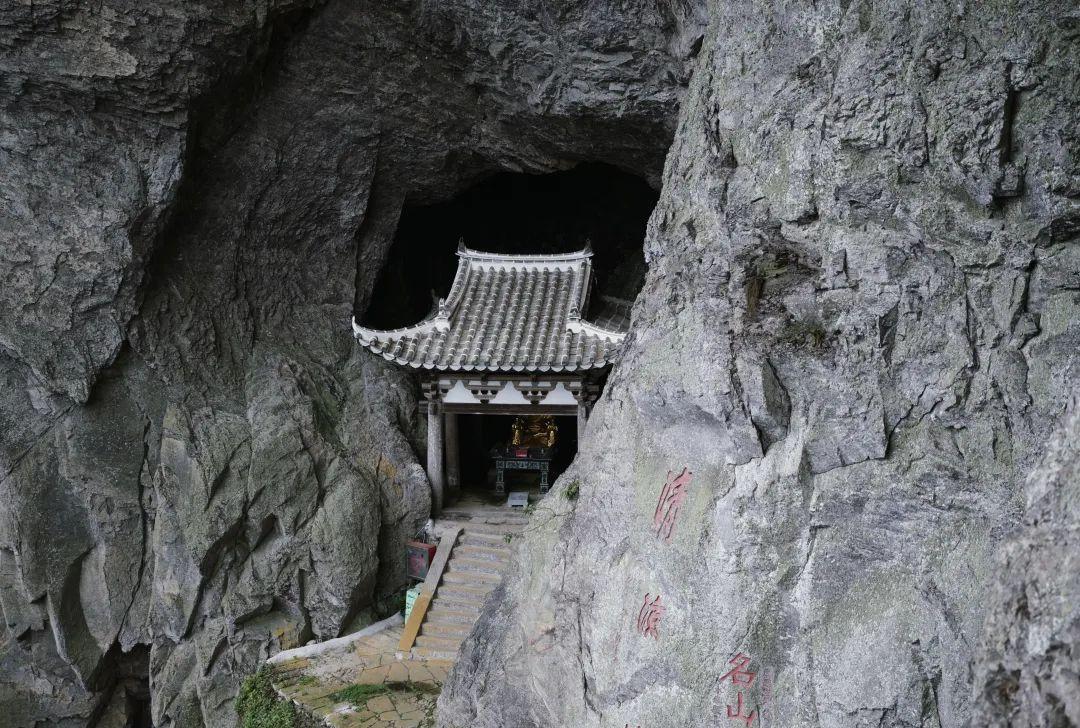
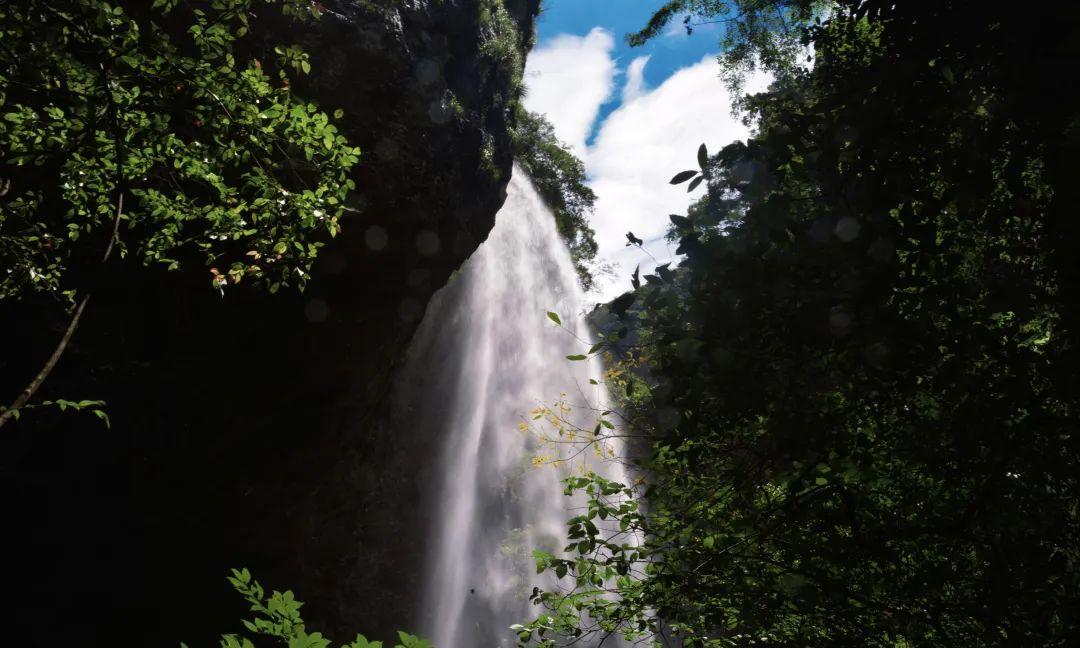
Yongtai boasts beautiful landscapes and a deep historical and cultural heritage, often praised as having “hidden beauty waiting for discovery, unveiling its veil and stunning all of Fujian.”
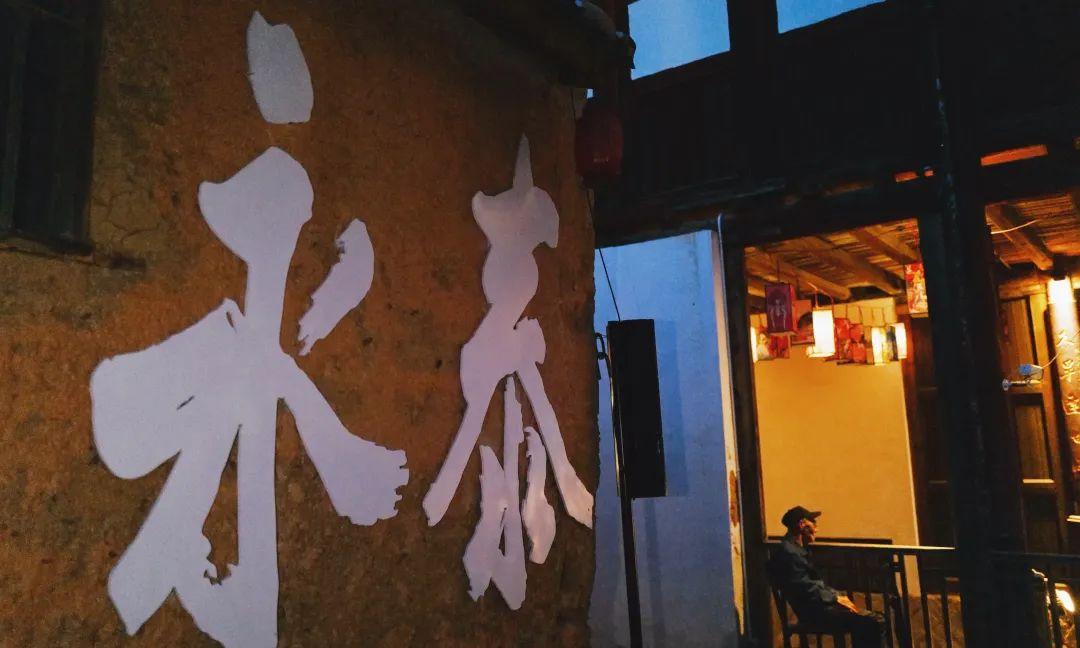
Here, you can find village culture originating from the end of the Tang and Song dynasties, grand buildings with a history of over a hundred years, all coming to light within less than ten years from when the public first became aware of this place.
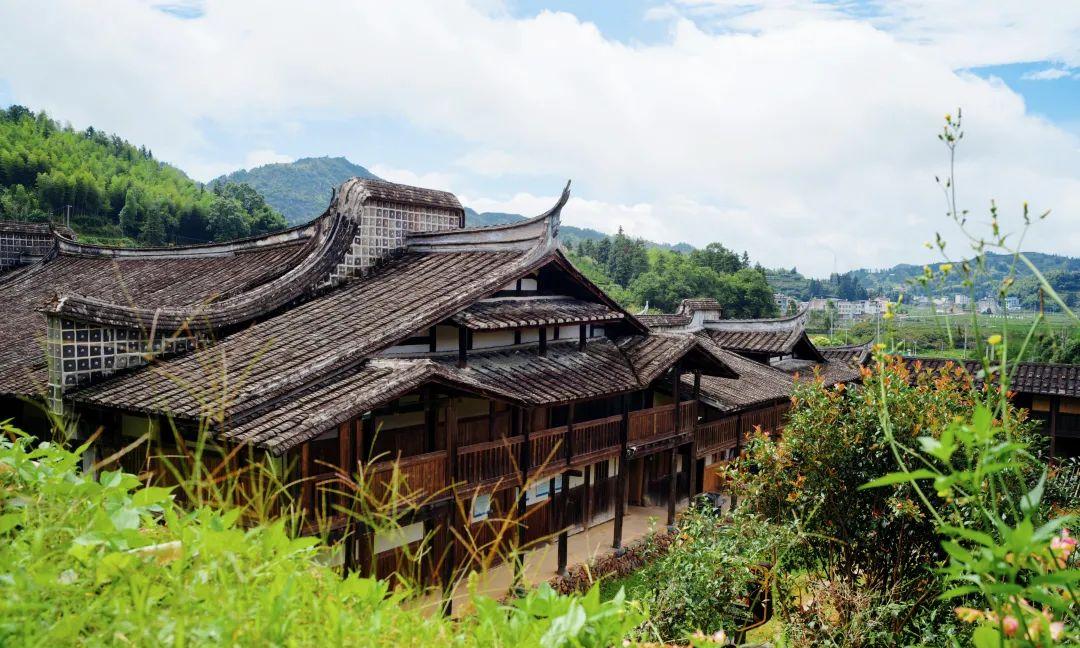
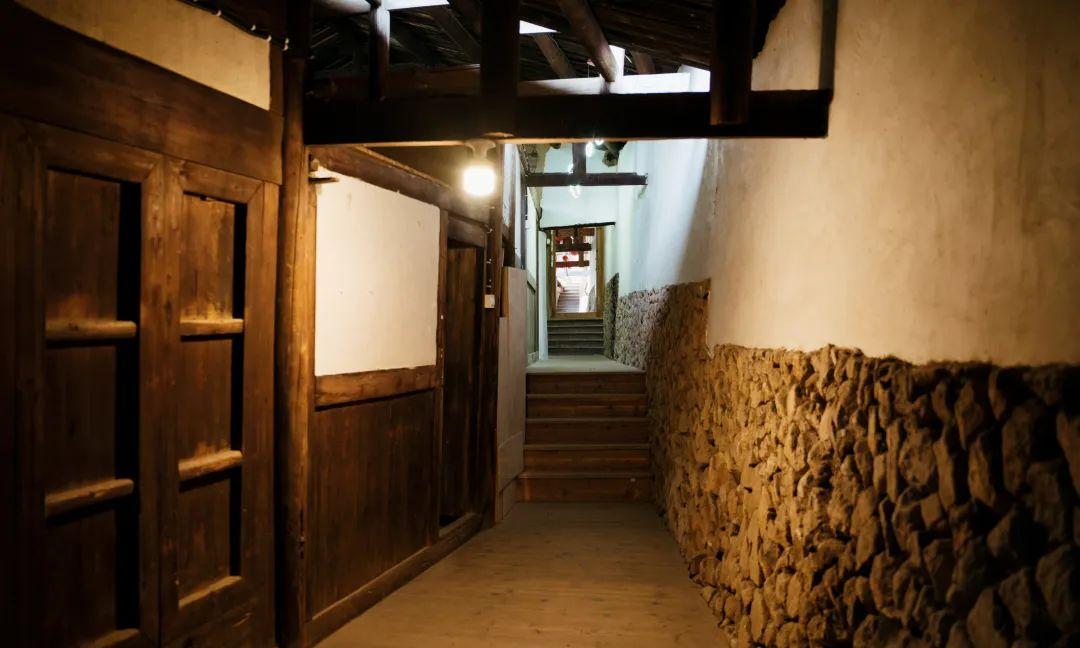
There are numerous ancient towns and famous villages scattered along the Dazhang Creek, like shining stars.
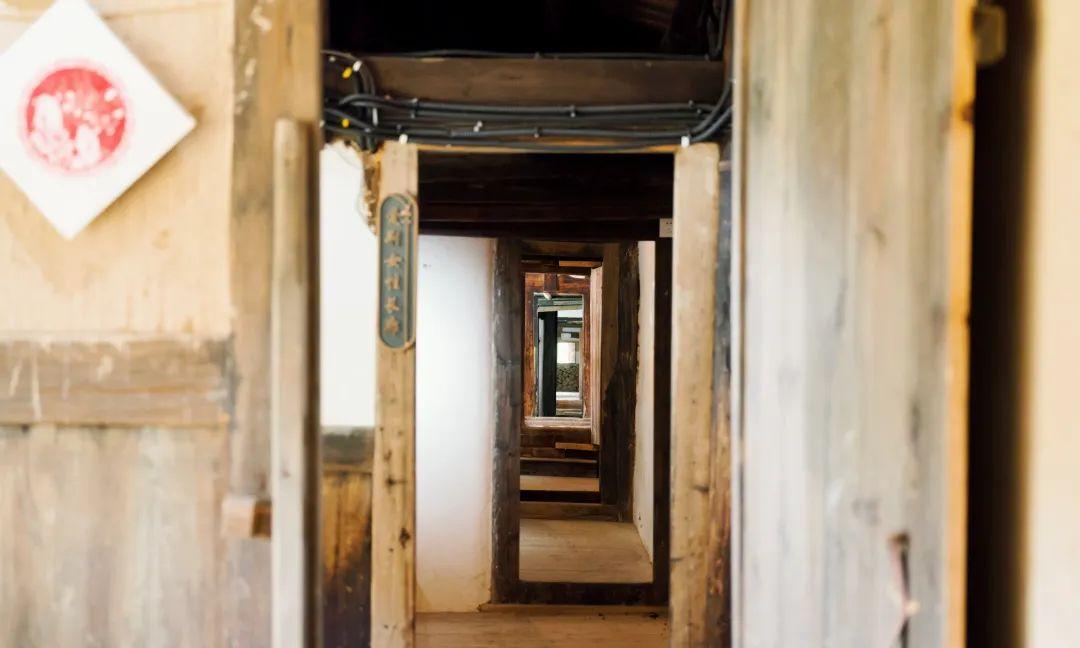
This area features religious sanctuaries, a rare coexistence of the three teachings (Buddhism, Taoism, and Confucianism), famous mountains known for their Song dynasty wooden structures, male Guanyin statues, cave sculptures, and ancient paths from the Song and Yuan dynasties.
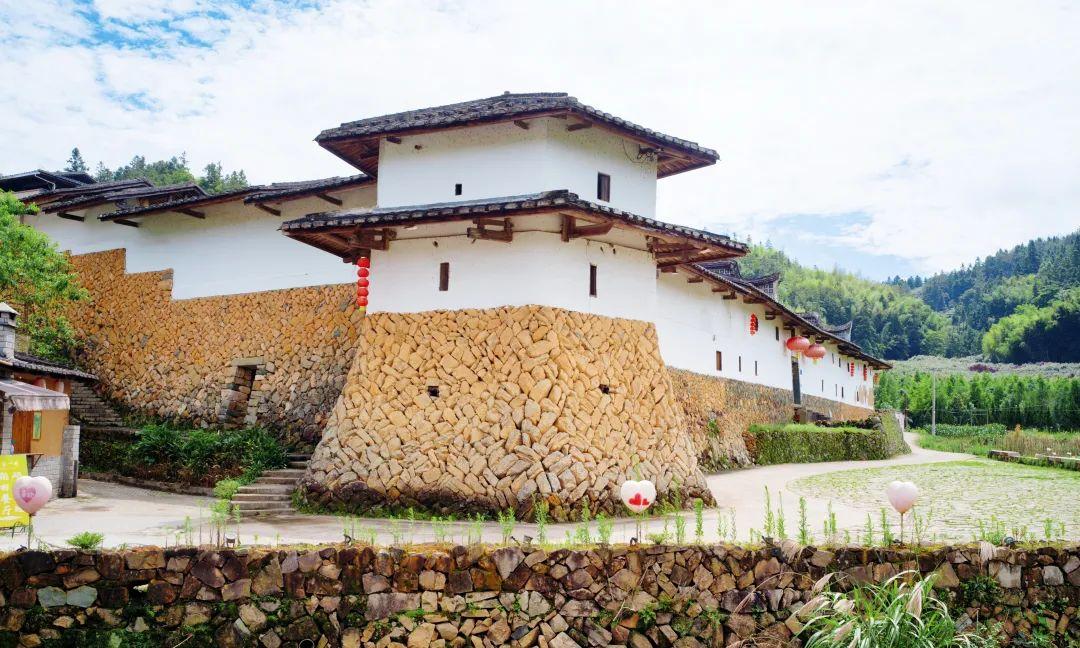
You can enjoy the scenic waterfalls at the Baiqigou Scenic Area, indulging in the refreshing summer atmosphere amid nature’s symphony.
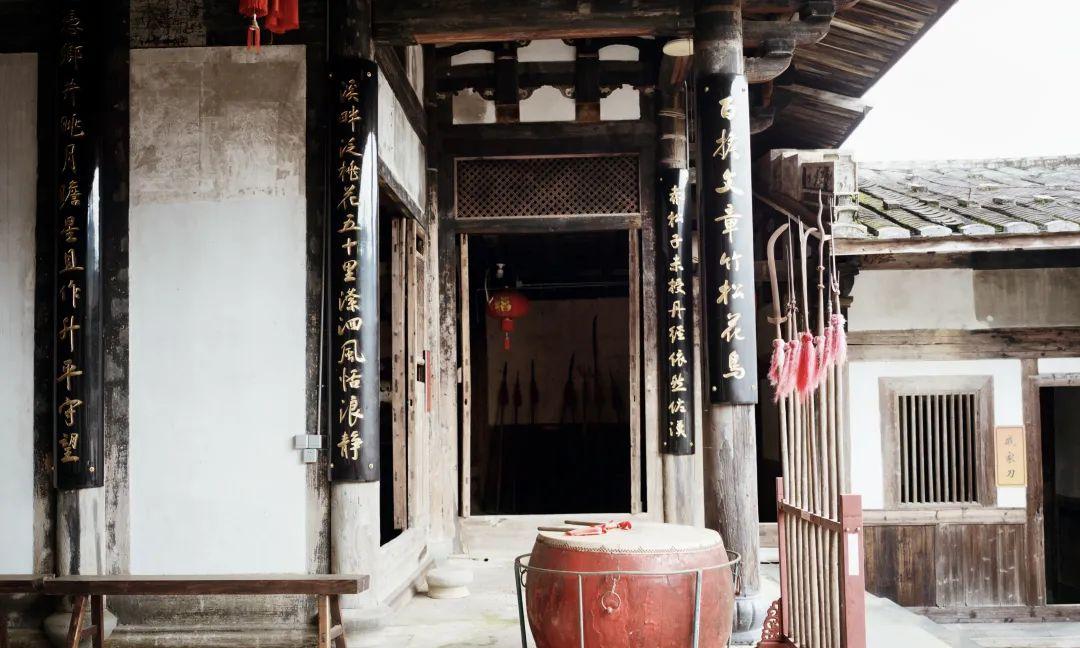
Next, let me take you slowly to unveil the mysterious veil of Yongtai.
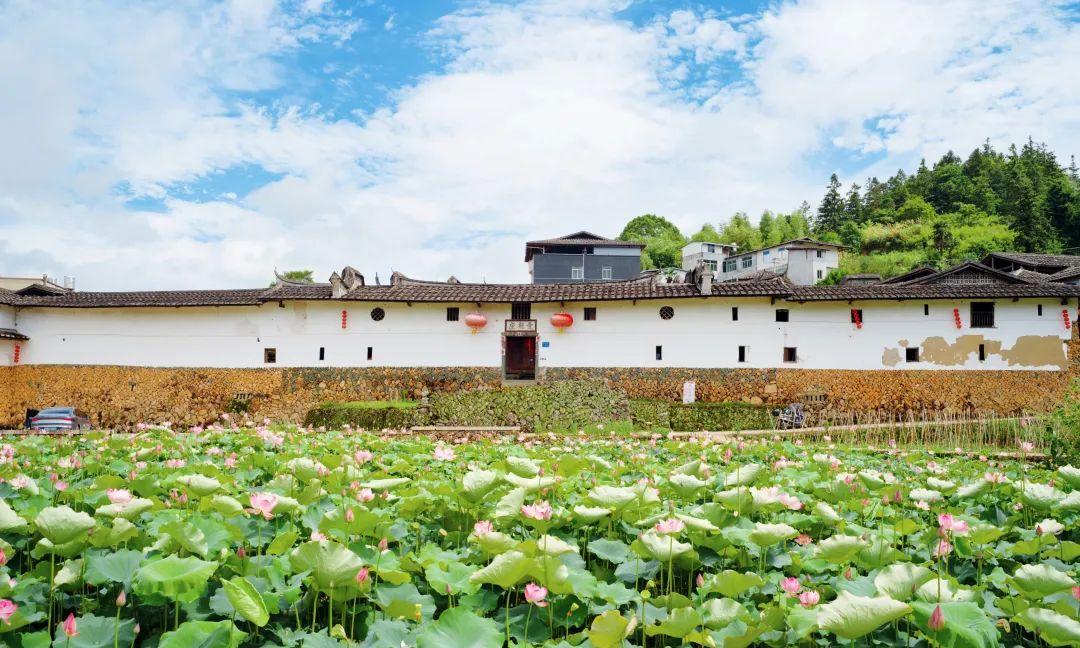
Cultural History of Yongtai
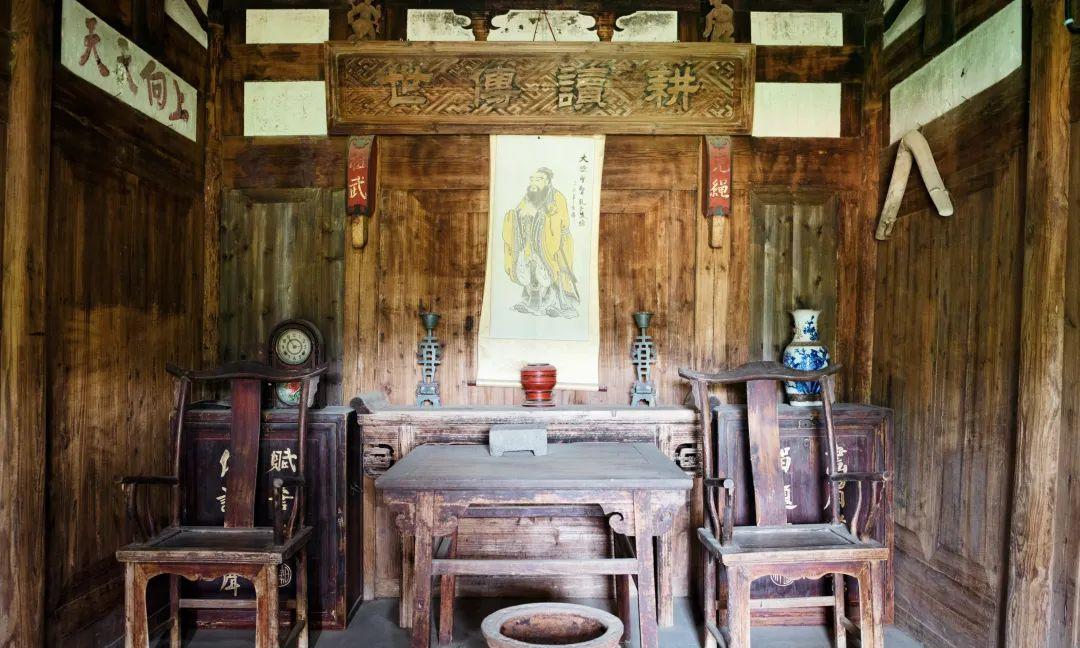
The Yongtai Zhuangzhai (traditional fortified villages) is a unique ancient architectural cluster in the central Fujian area, founded during the late Tang and Song dynasties and flourishing during the Ming and Qing dynasties. The Zhuangzhai served both residential and defensive functions, being an important facility for locals to fend off external intrusions and protect their homes.
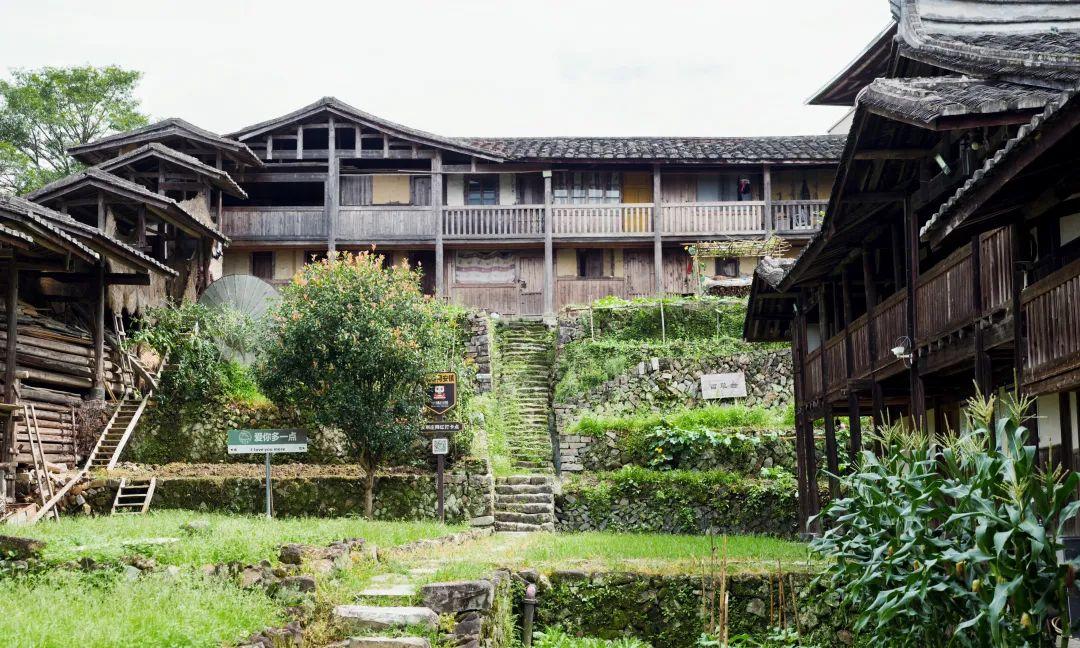
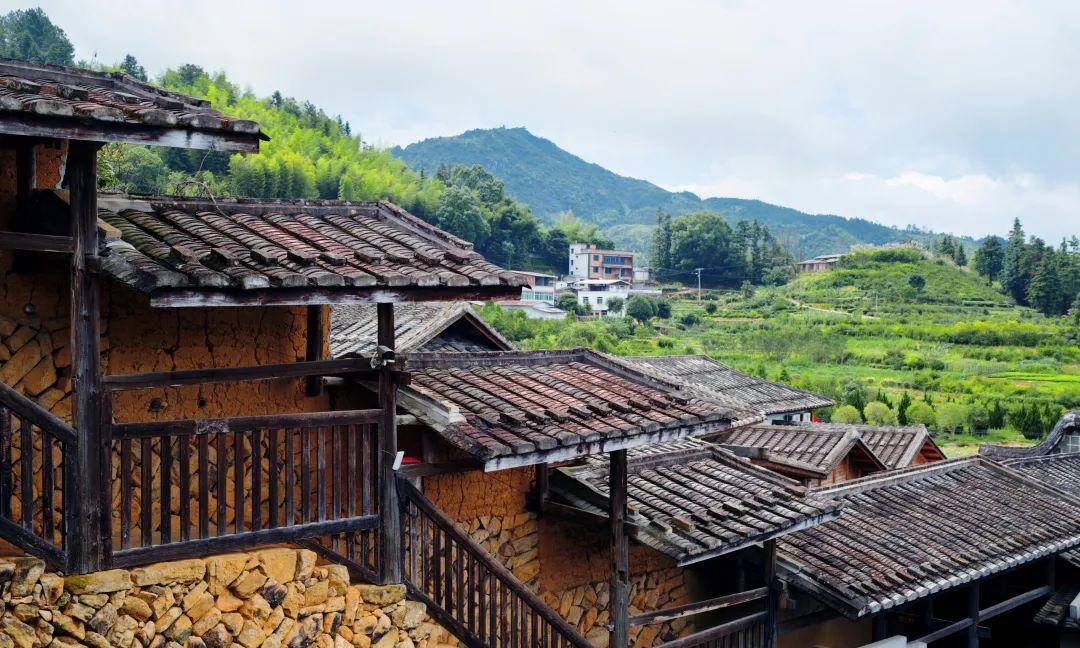
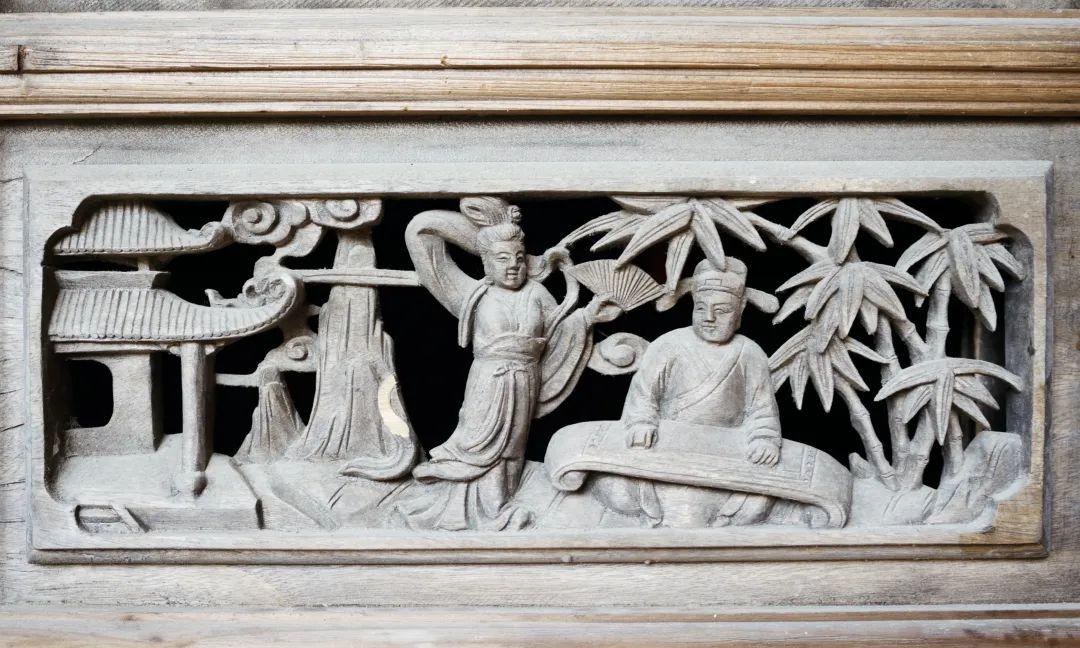
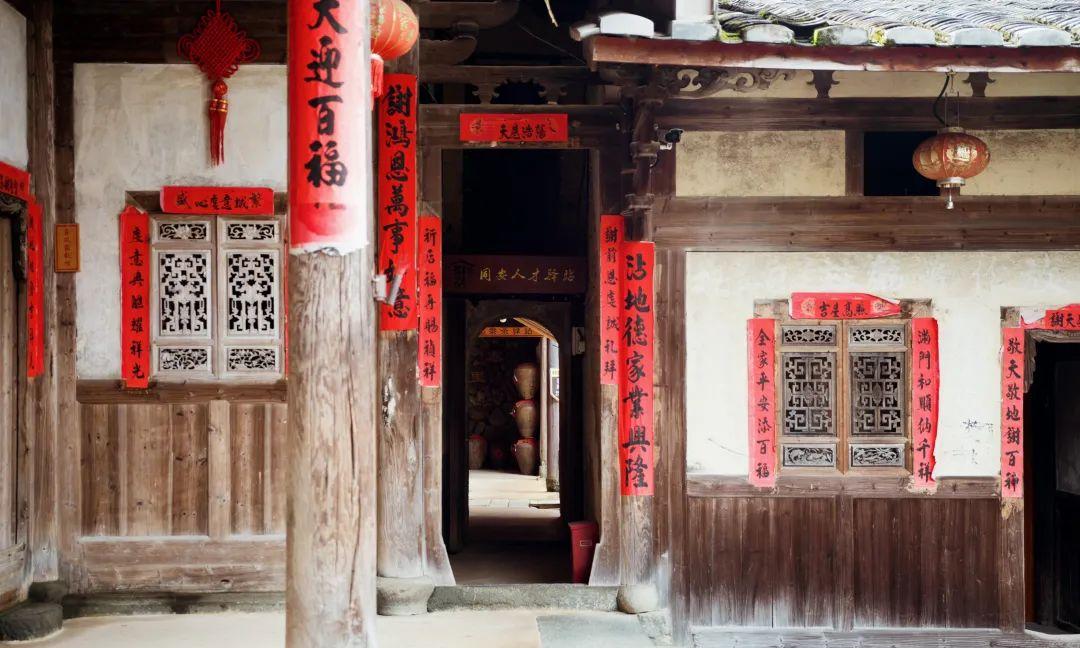
Constructed with earth, wood, and stone, the Zhuangzhai are located either by rivers or on hillside slopes. Their residential and defensive functions share similarities with Fujian’s Tulou (earthen buildings), yet still differ. The Zhuangzhai is a combination of a village and a fort, uniquely representing the heritage of “village-fort unity.”
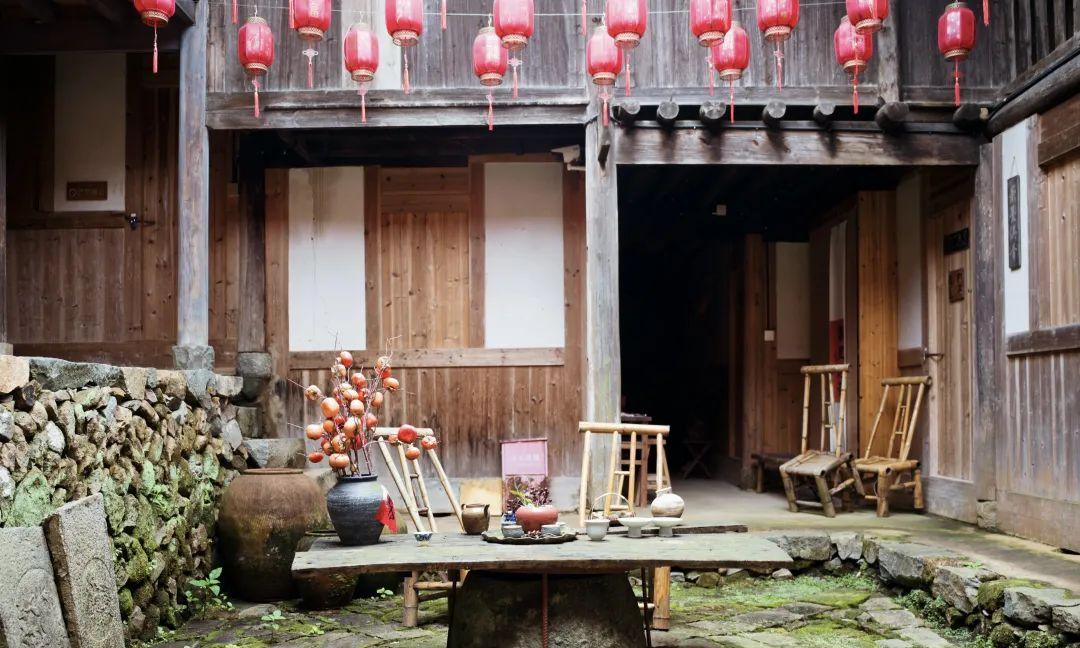
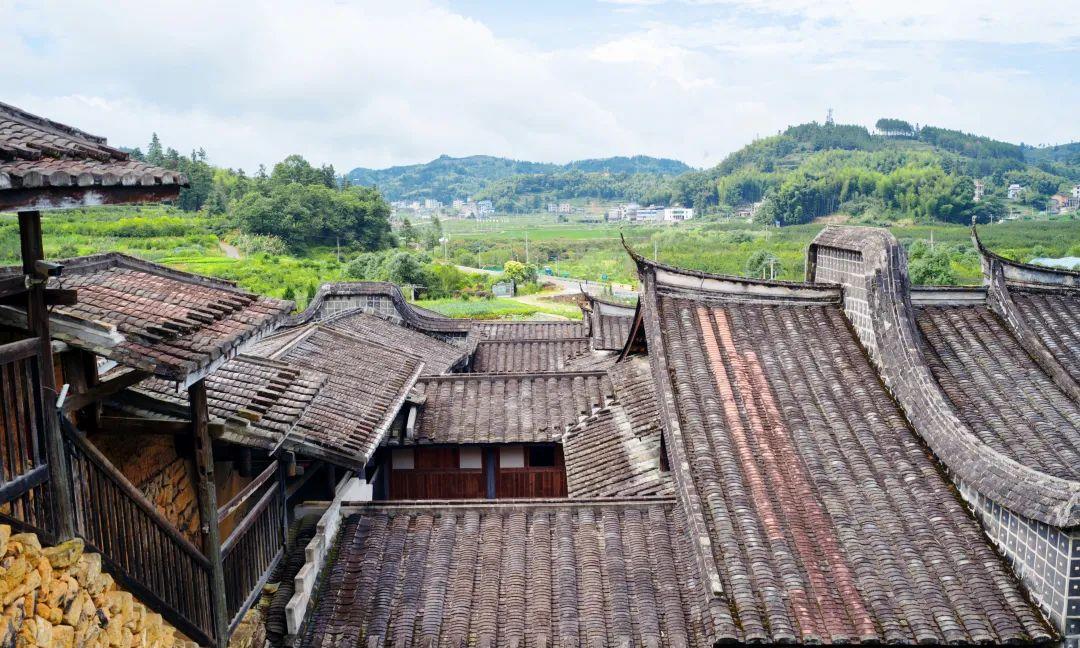
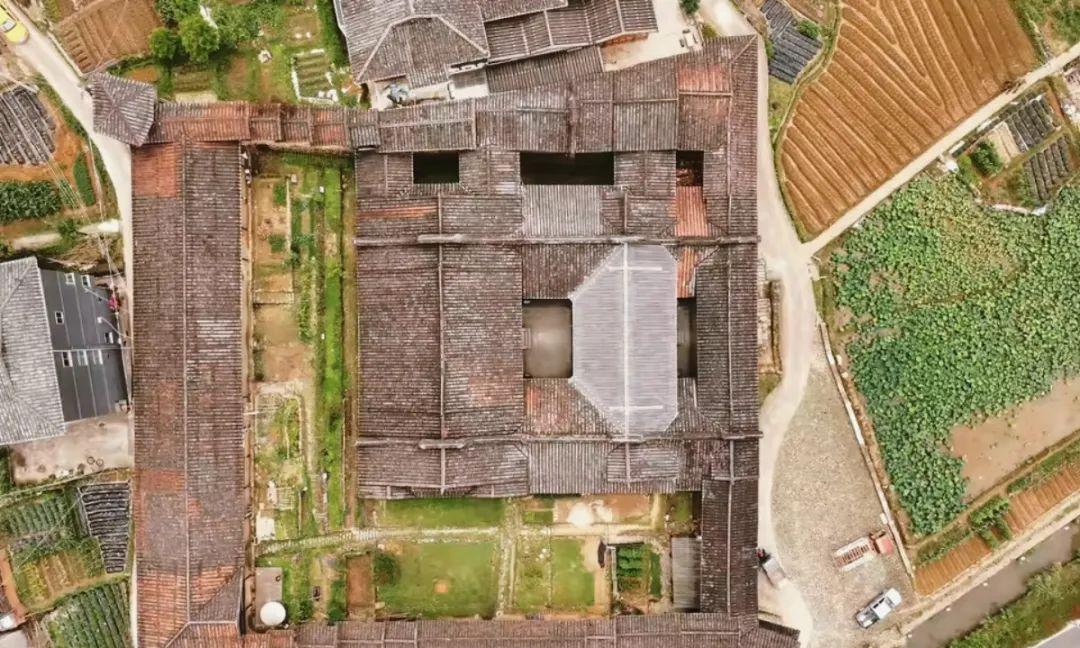
The horse-riding path: a walkway around the Zhuangzhai wall, allows for quick passage, enabling mobilization of forces to counter intruders (it’s not for horses!).
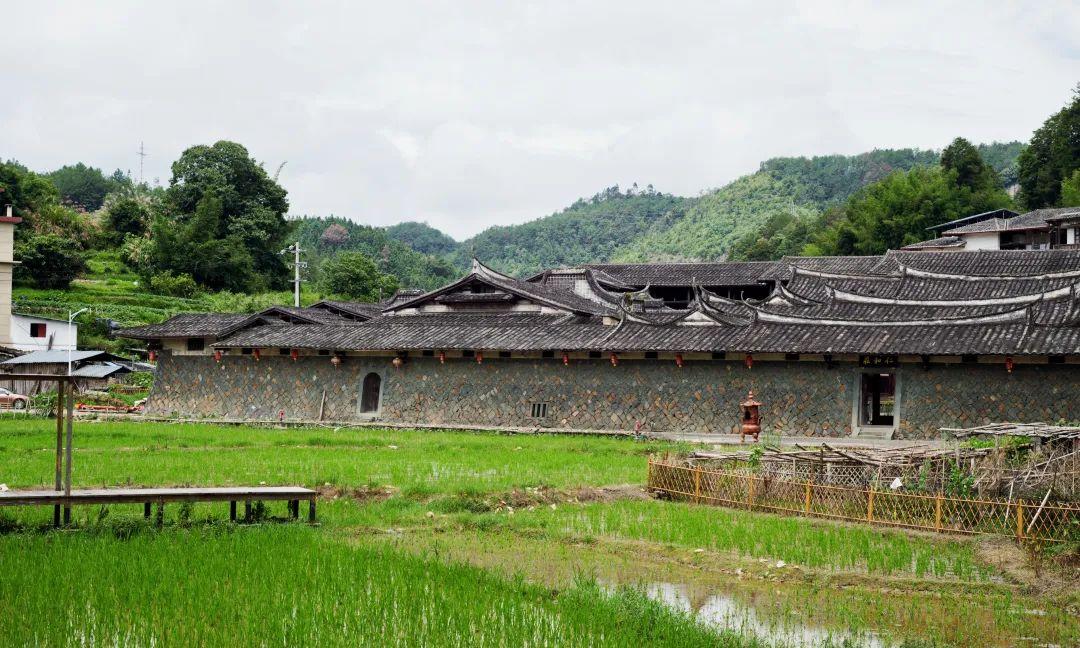
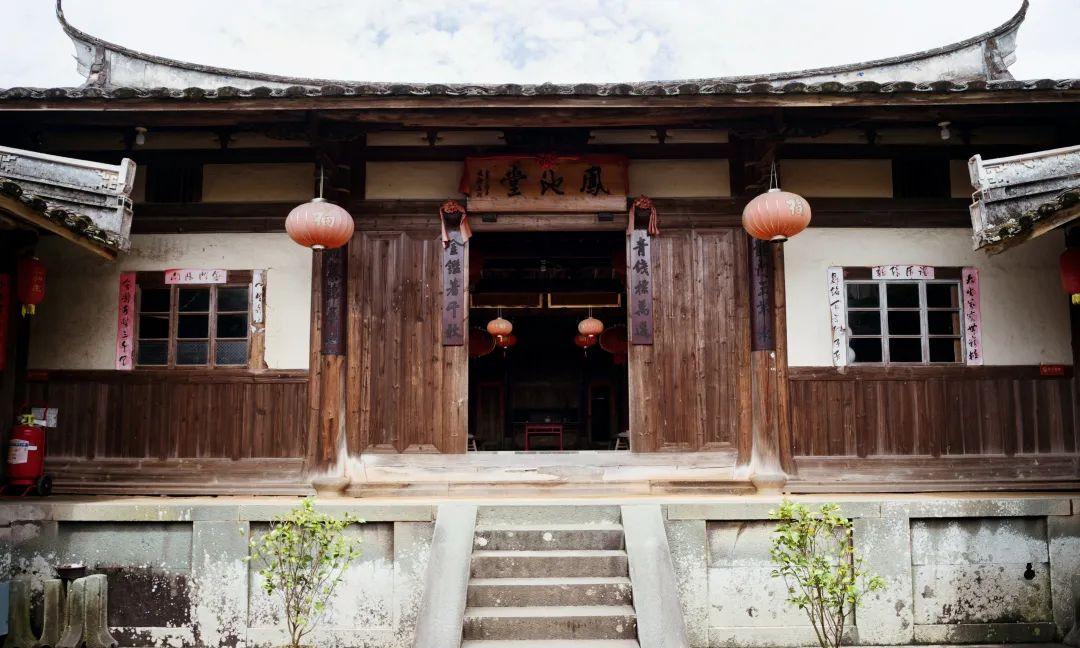
The cannon tower: the corner tower of the Zhuangzhai, each side equipped with shooting windows for defensive and counterattack purposes.
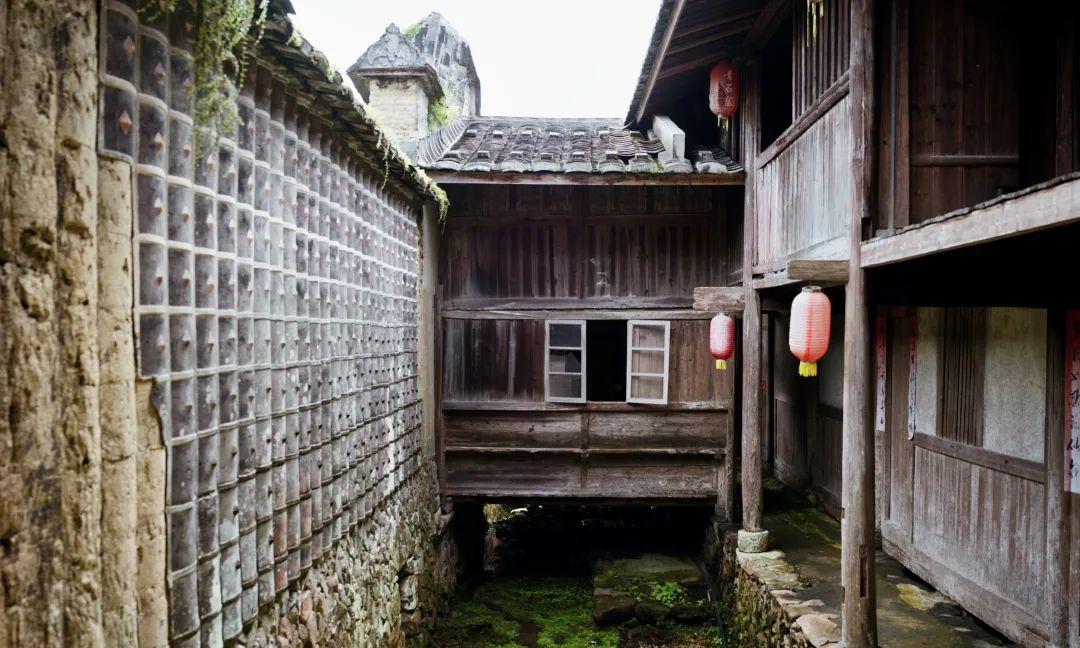
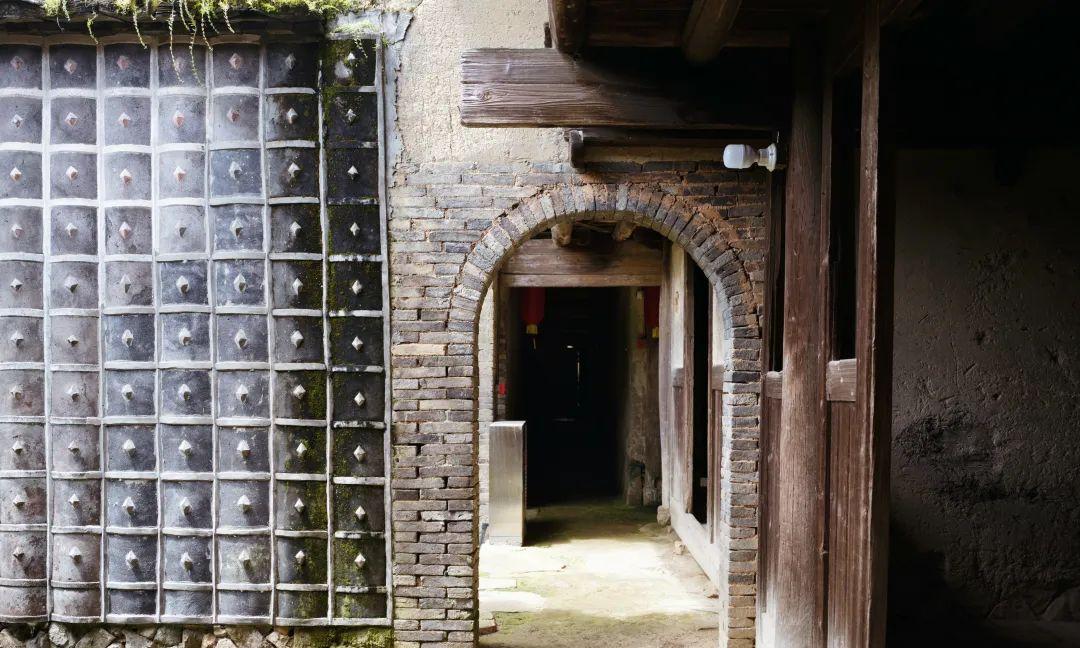
With the development of modern society, many Zhuangzhai have gradually been abandoned or destroyed. The Yongtai Zhuangzhai, hidden in central Fujian, only began to gain serious attention from society in 2015, prompting restoration and protection efforts. These ancient buildings have finally revitalized.
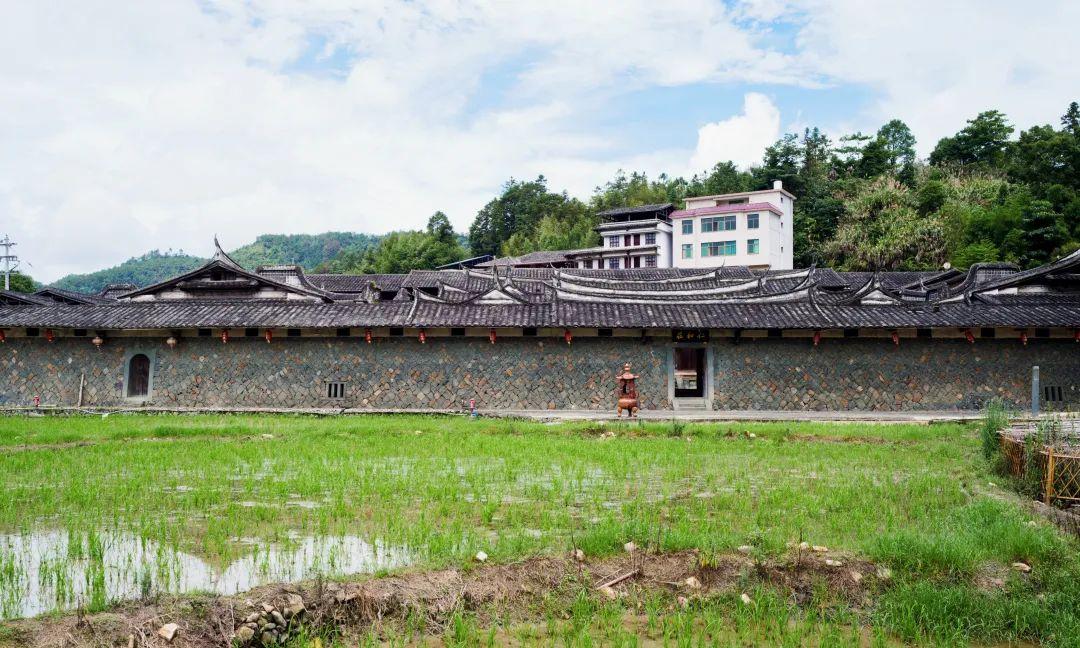
Currently, there are 152 Zhuangzhai buildings from the Ming and Qing dynasties, serving as important windows for understanding the cultural history of Yongtai, where scholars value literature and military prowess, and family morals are strict.
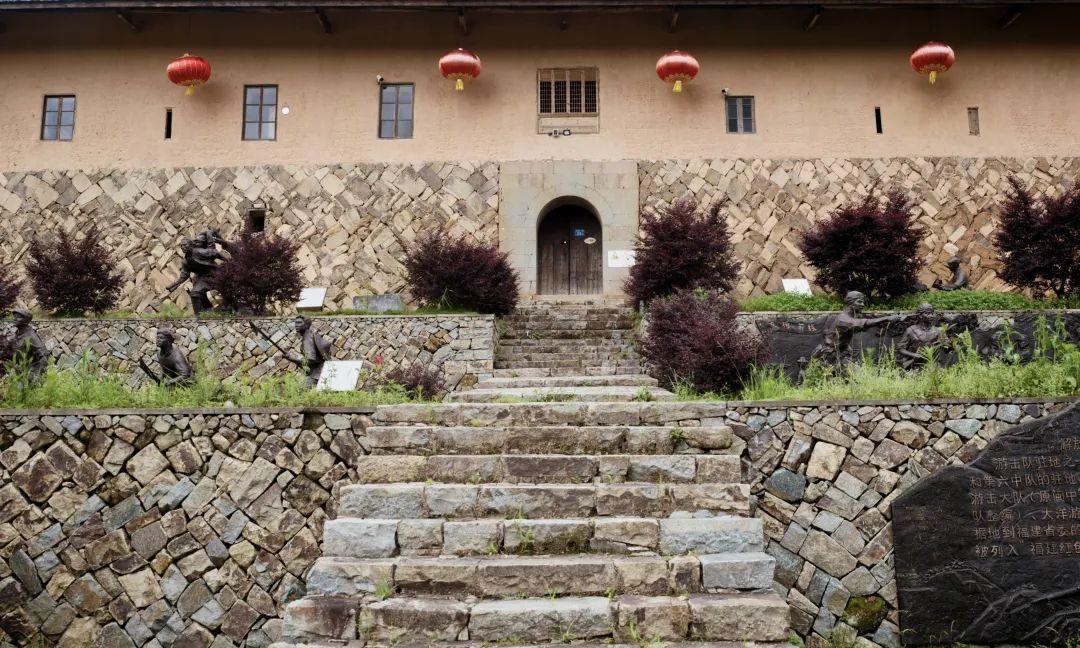
Aijing Village
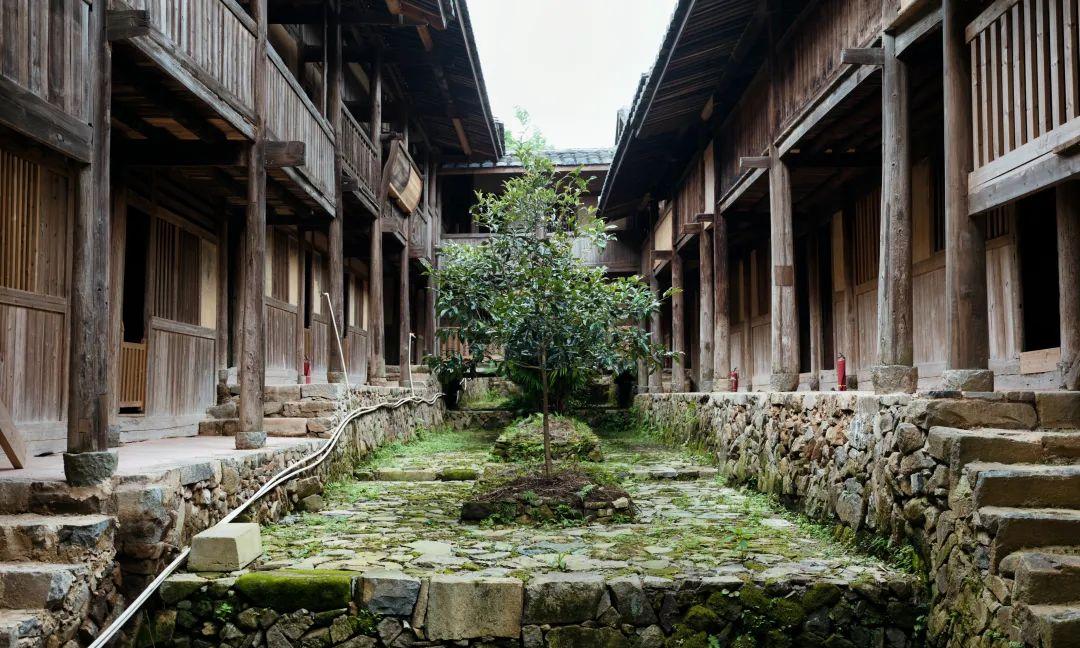
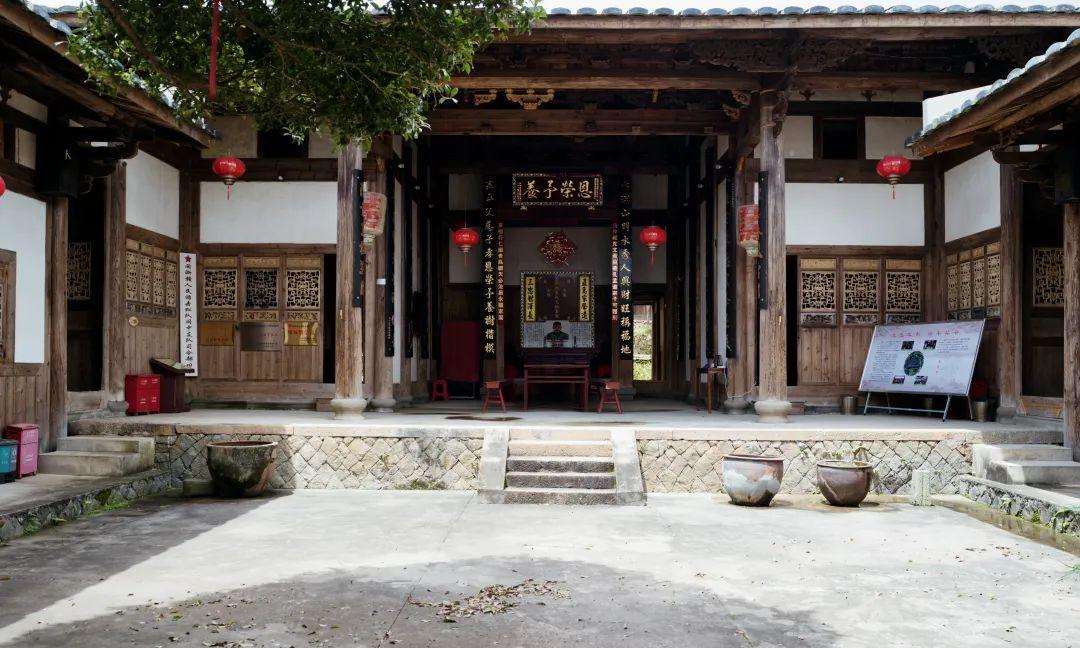
Aijing Village is located in Tong’an Town and was built in the 12th year of the Daoguang era (1832), covering an area of over 5,200 square meters.
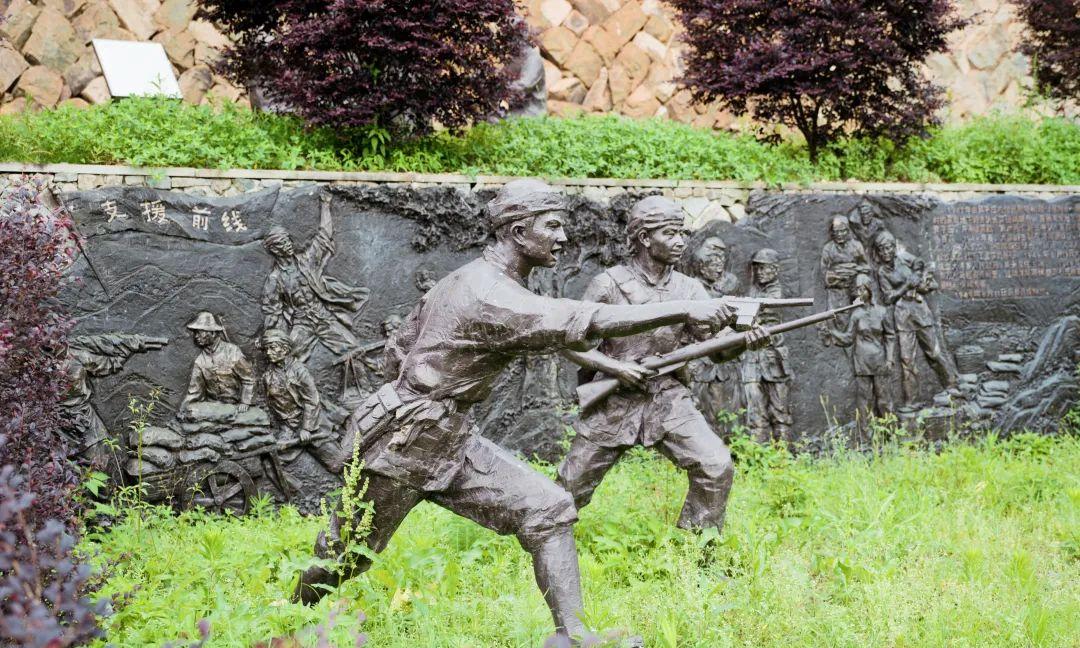
The name Aijing has a romantic love story behind it, meaning “love for my wife” (Zhuo Jing). The female host, Ms. Li, was a significant figure representing the culture of noble women in ancient villages.
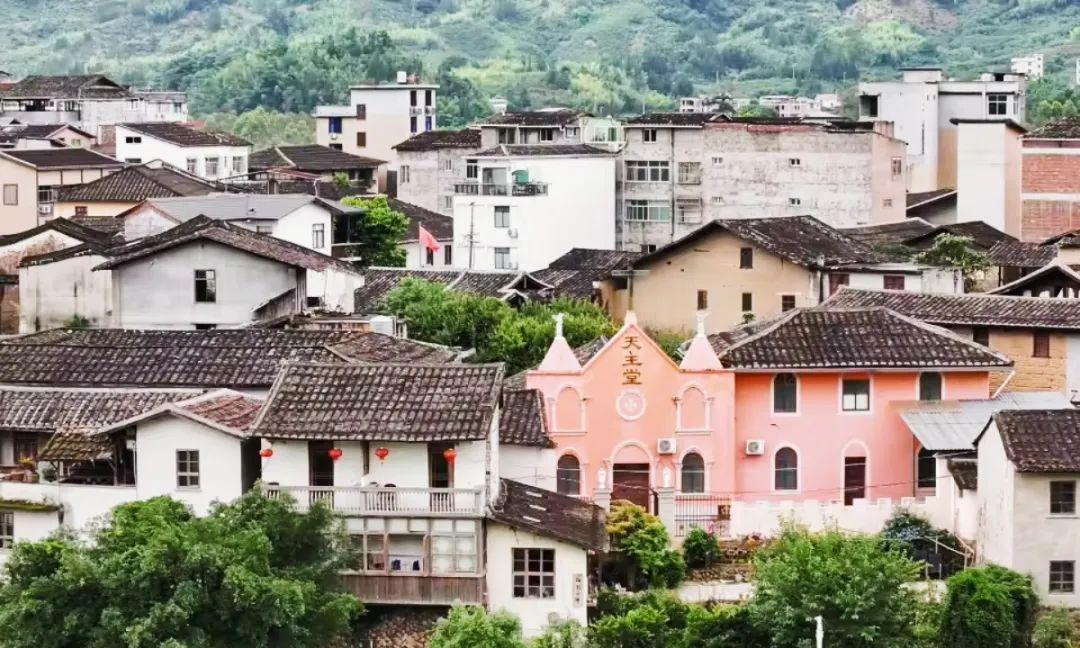
Close to two hundred years ago, Ms. Li held progressive views on gender equality and was concerned about women’s education. The owner, Bao Meizuo, named the village to express his respect and affection for his wife.
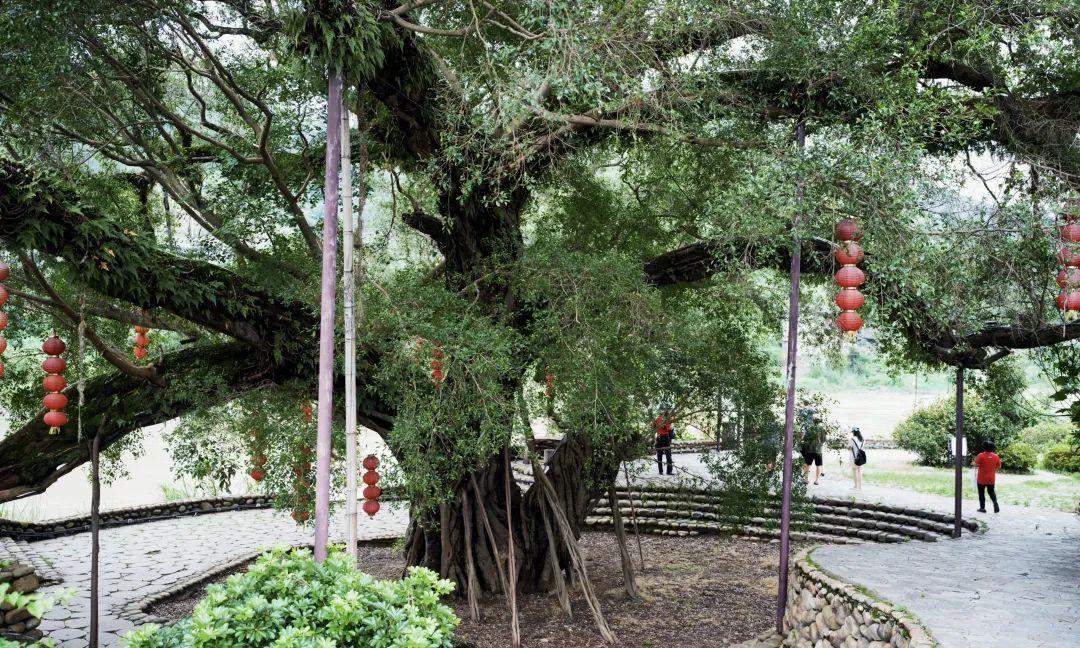
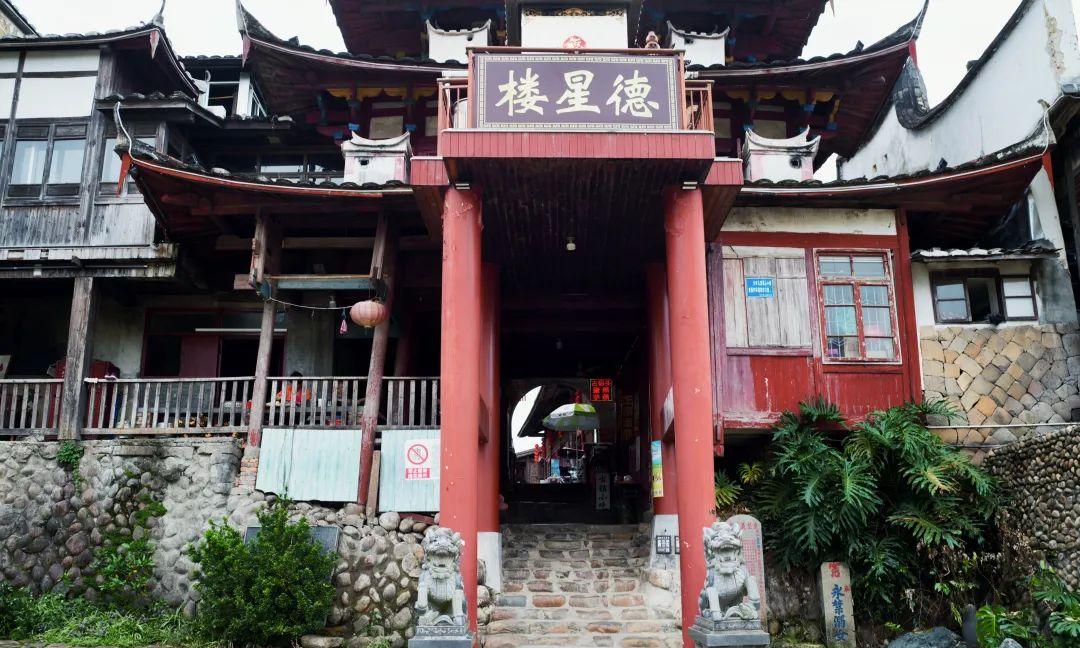
Aijing Village is built against the mountains, offering a wide view and featuring complete defensive facilities and a scientific drainage system. The village walls are thick, reaching several meters high, constructed with large stones at the base and rammed earth at the top.
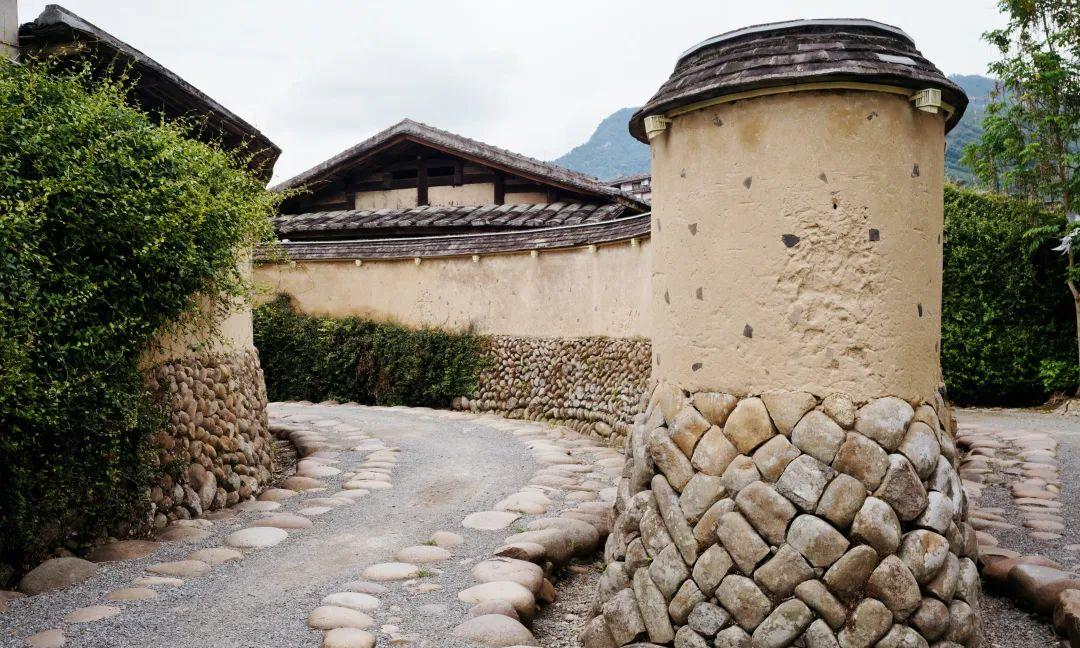
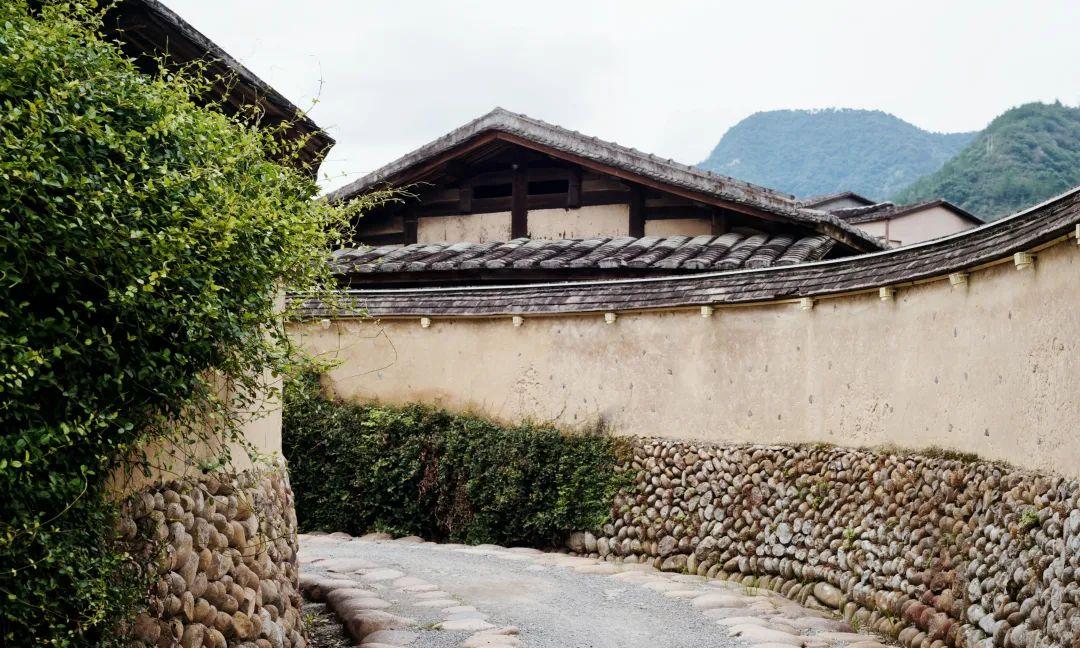
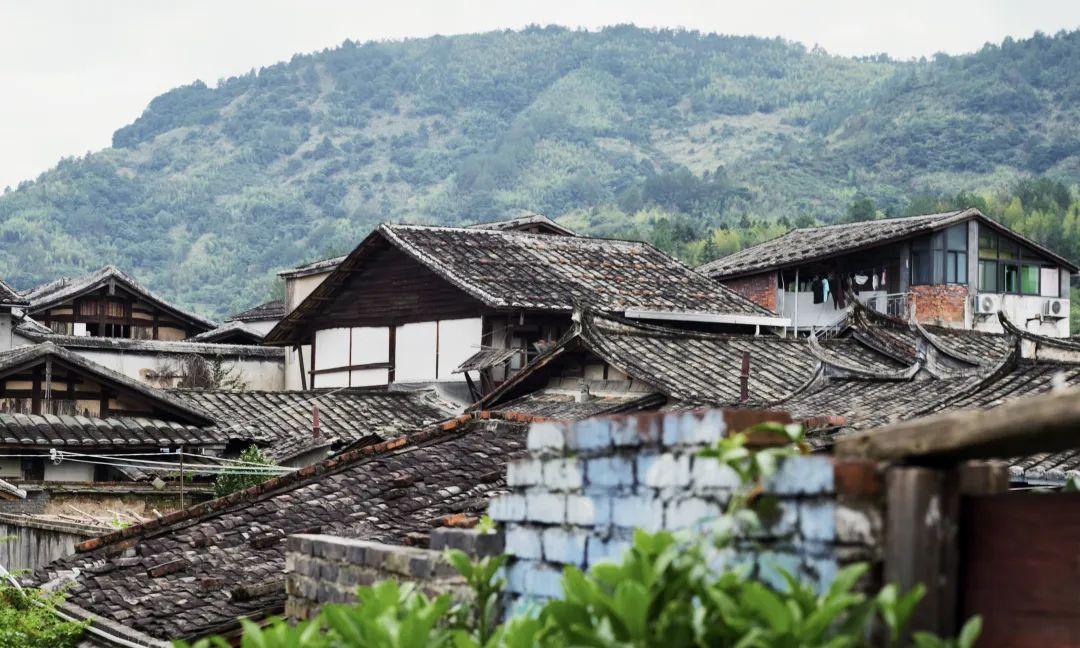
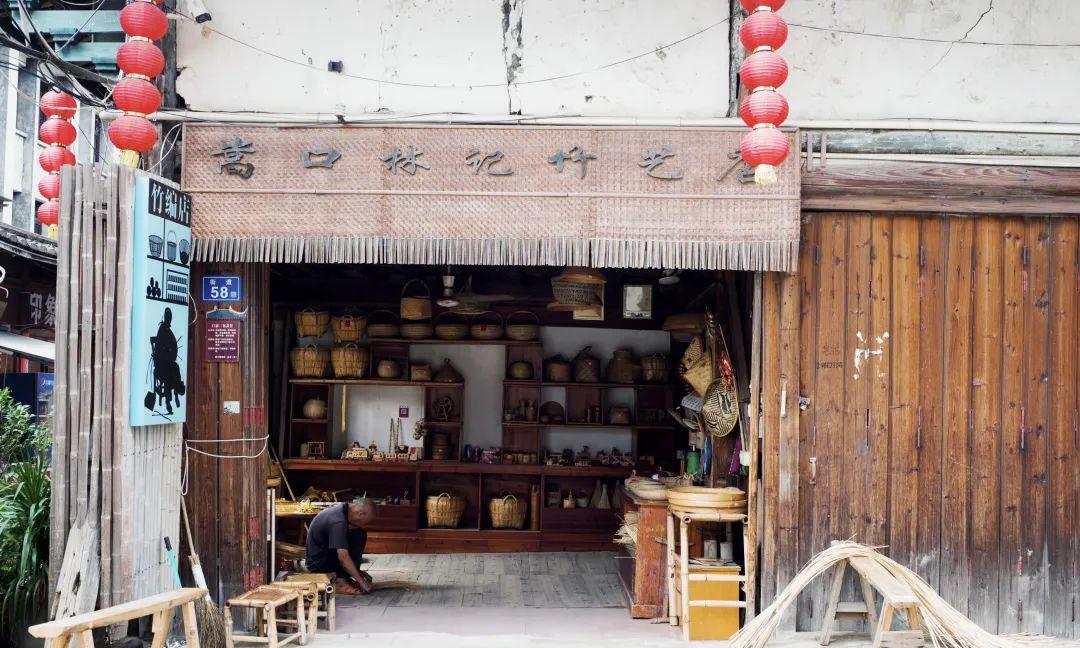
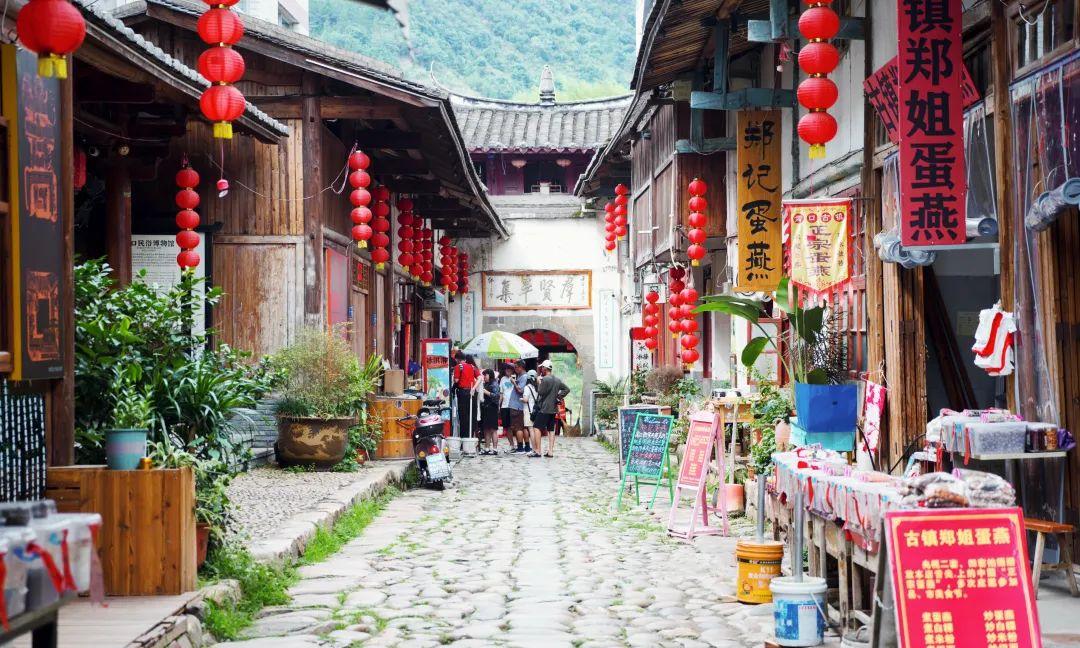
The layout is intricate, with door frames adorned with full couplets and exquisite wood carvings.
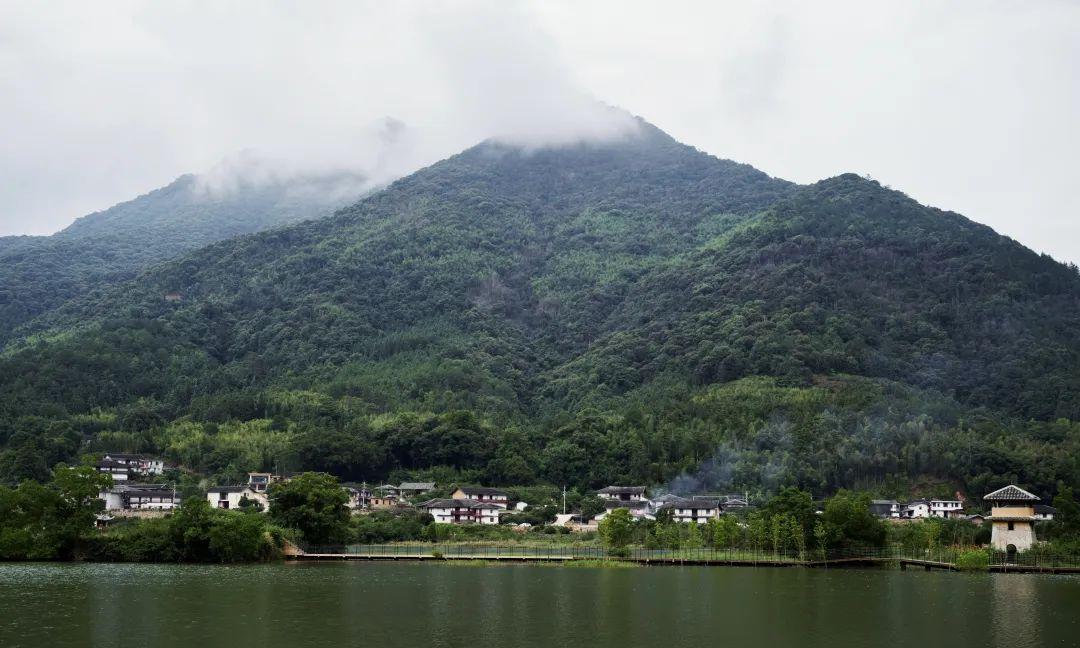
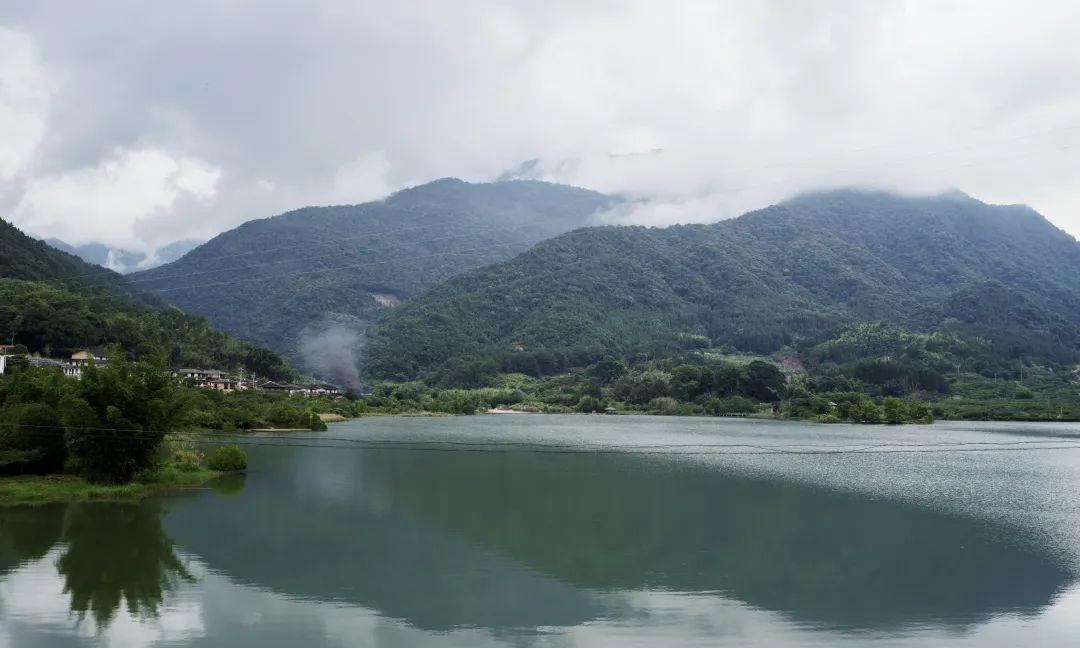
In terms of protection and restoration, Aijing Village has become a model. In 2018, Aijing won the United Nations Asia-Pacific Cultural Heritage Protection Excellence Award. This honor attracted widespread attention domestically and internationally, allowing more people to recognize the unique charm and significance of Yongtai’s Zhuangzhai.
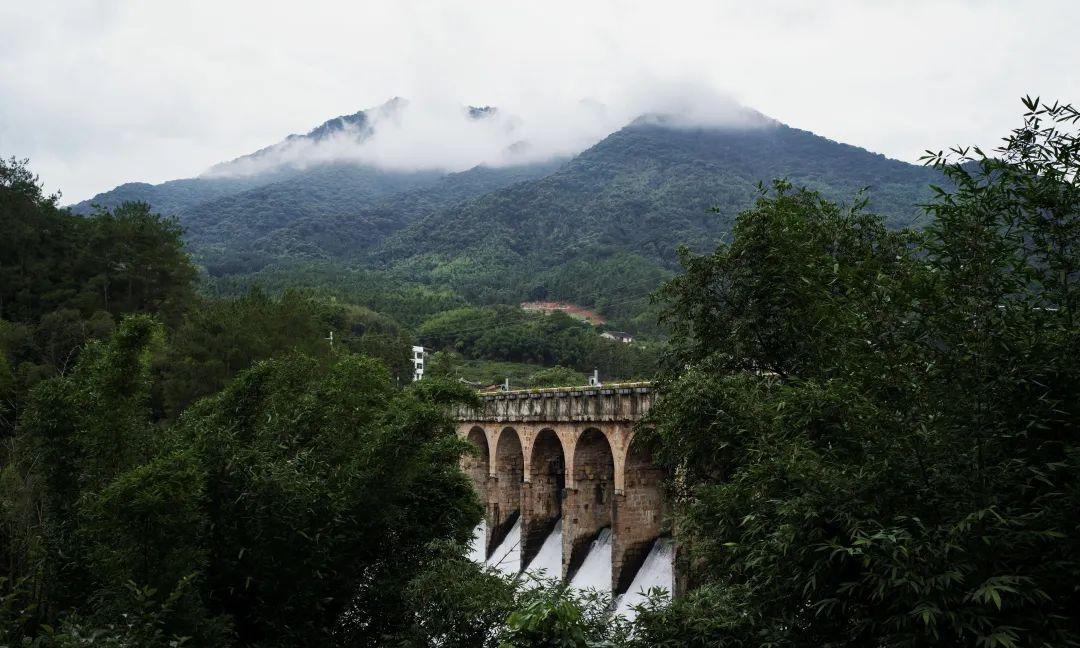
Renhe Village
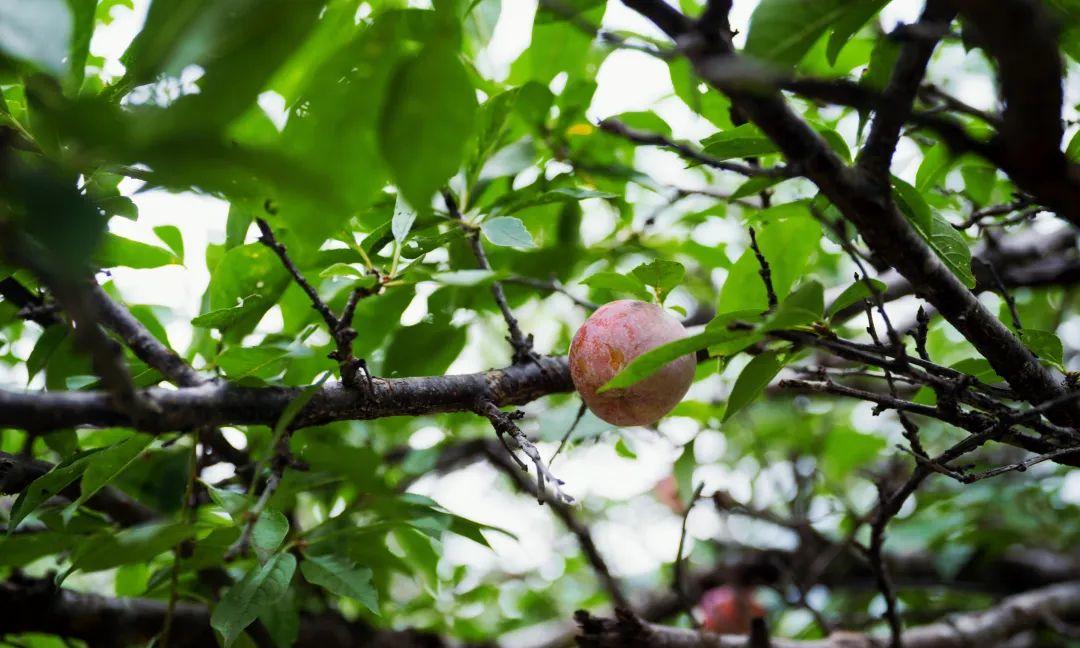
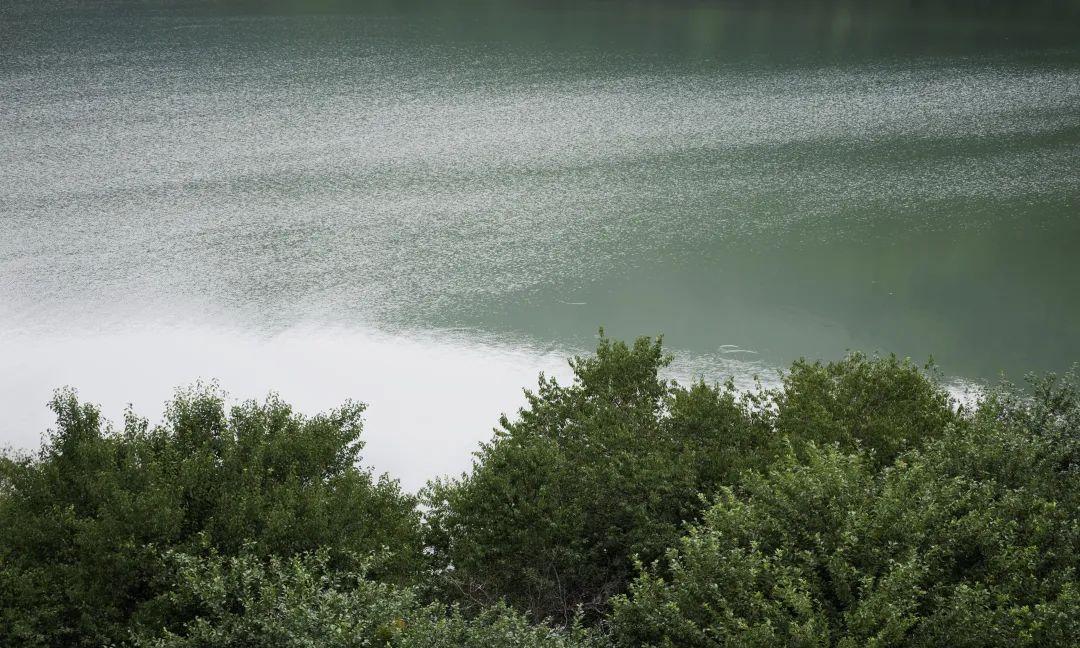
Renhe Village is also located in Tong’an Town and was established in the 10th year of the Daoguang era (1830). It is also known as “Qingshi Zhai” due to its construction from bluestone.
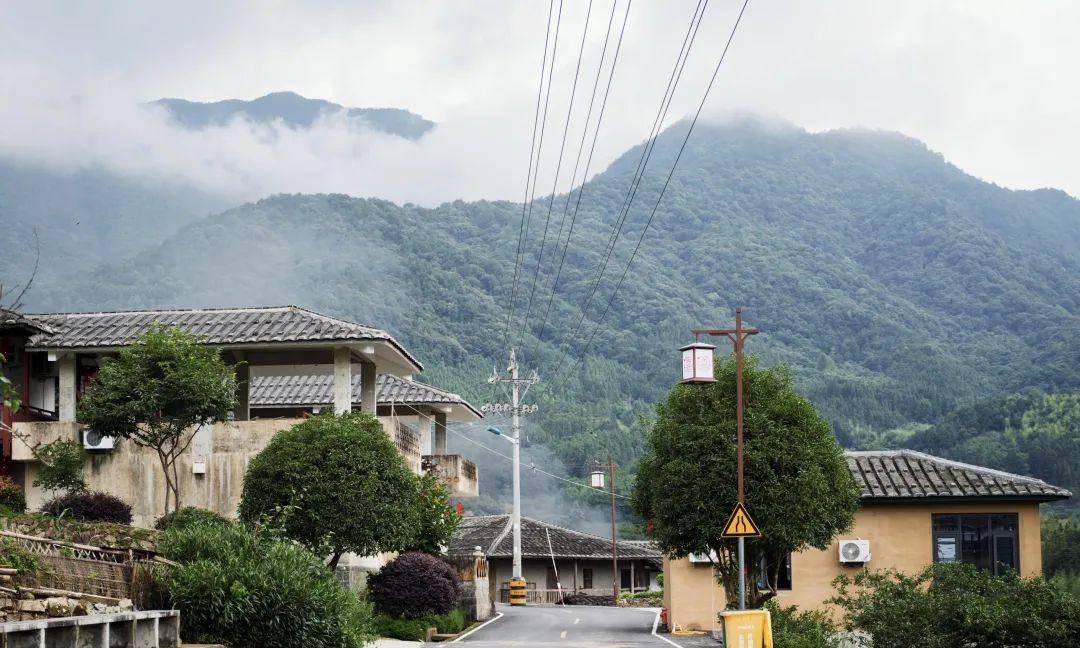
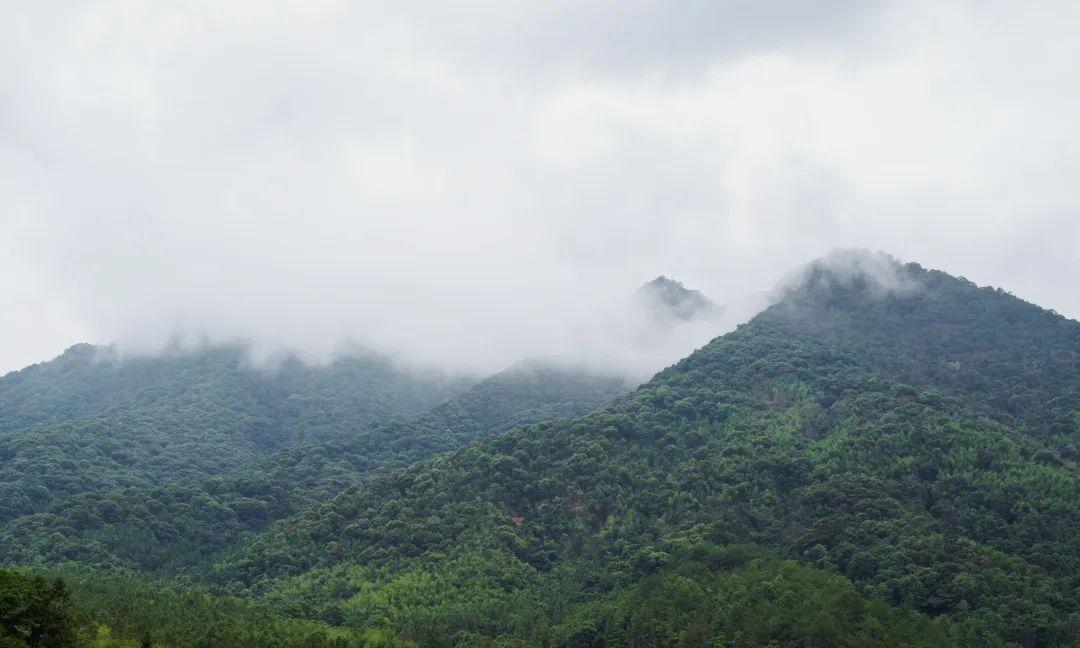
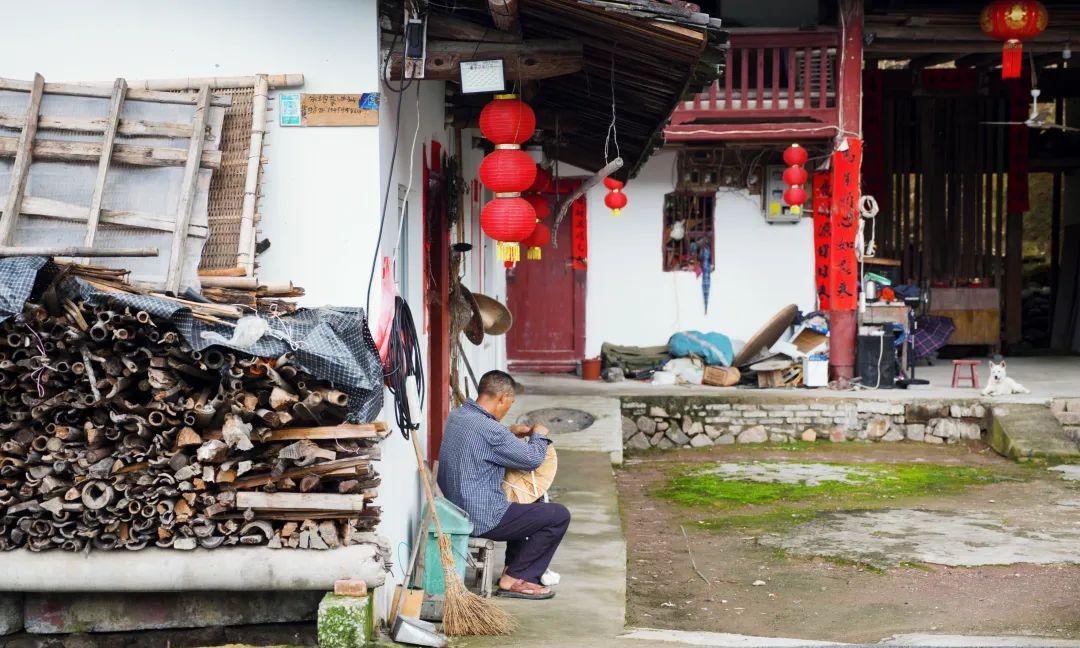
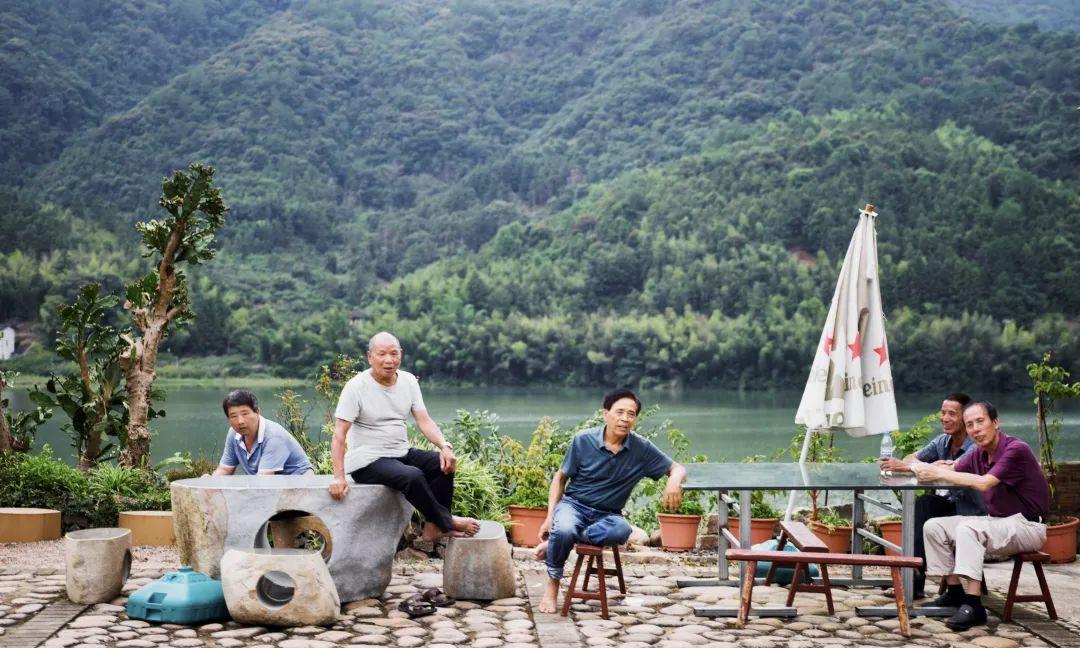
This Zhuangzhai has a three-section layout, a wooden beam-and-column structure, and a hipped-roof. It occupies an area of 6,059 square meters, with a building area of 5,463 square meters and 378 rooms, once accommodating over 200 people at its peak. The functional division of this Zhuangzhai resembles a small community, where all residents’ daily needs could be met.
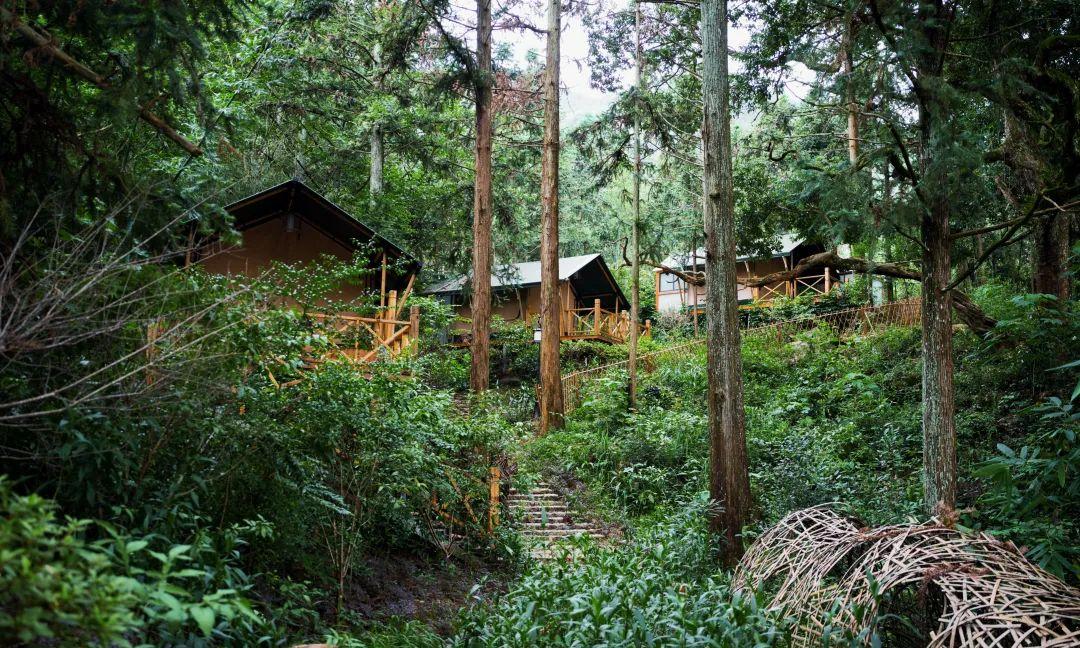
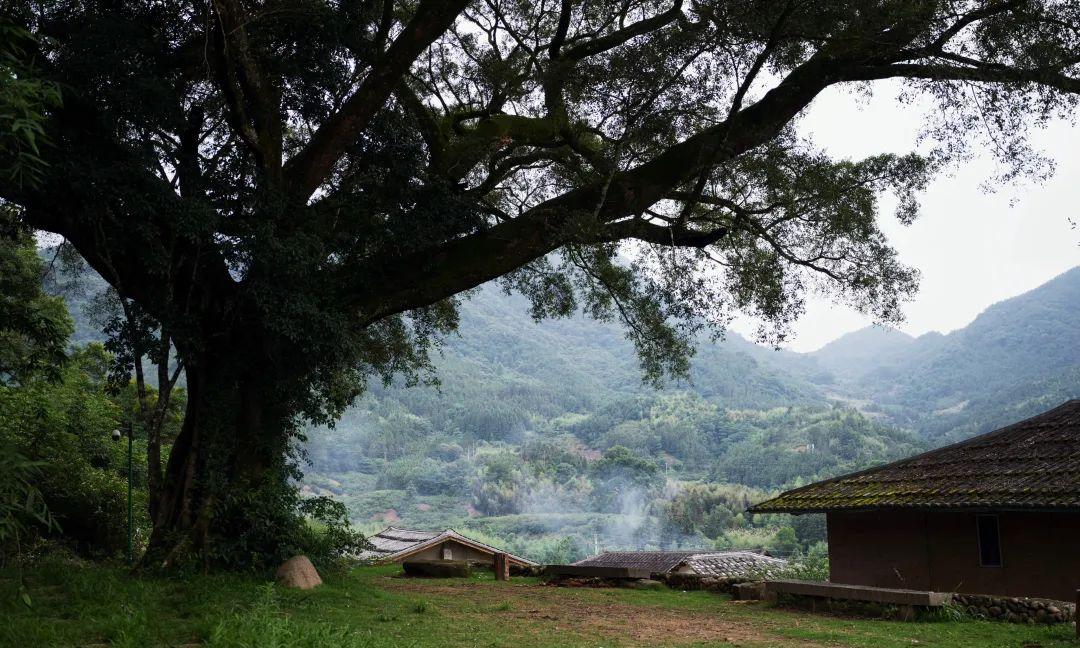
Upon closer inspection, you can appreciate the intricate carvings and delicate decorations, reflecting its former prosperity.
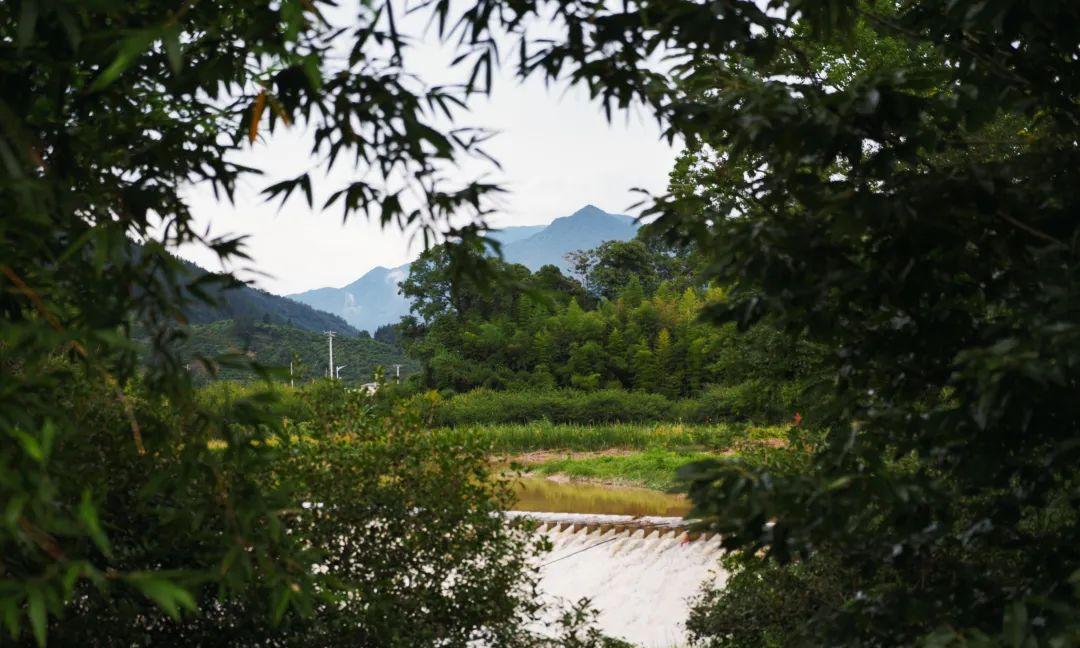
The original inhabitants of the Zhuangzhai have moved out to protect it, and some have chosen to settle around the village. Once, the Zhuangzhai protected its people; now, their descendants are the ones protecting it—a wonderful reversal of roles.
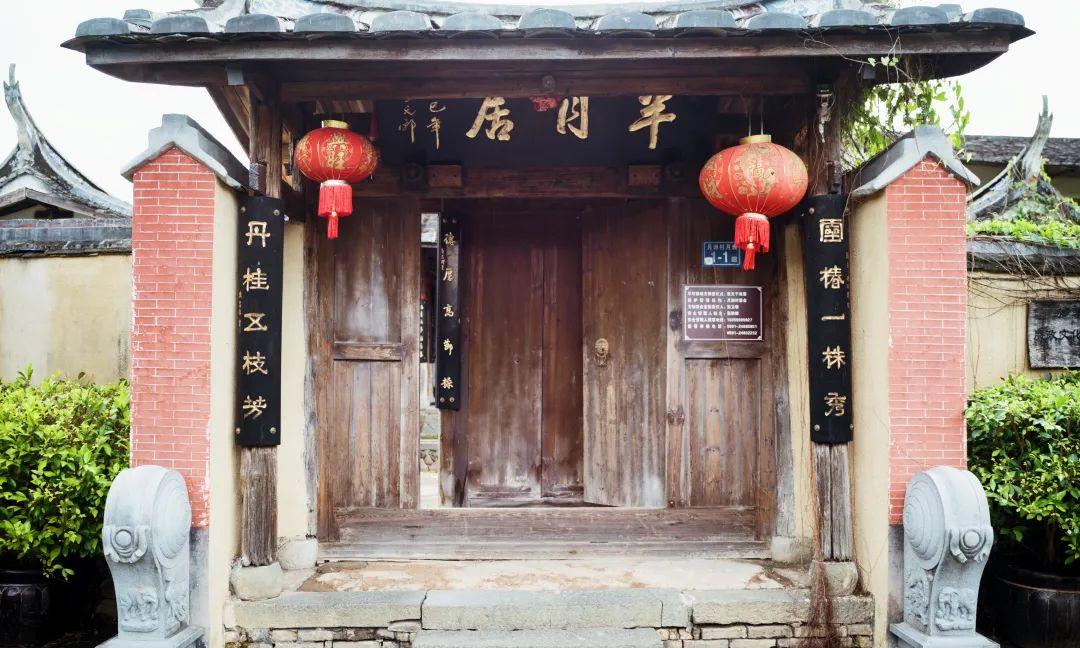
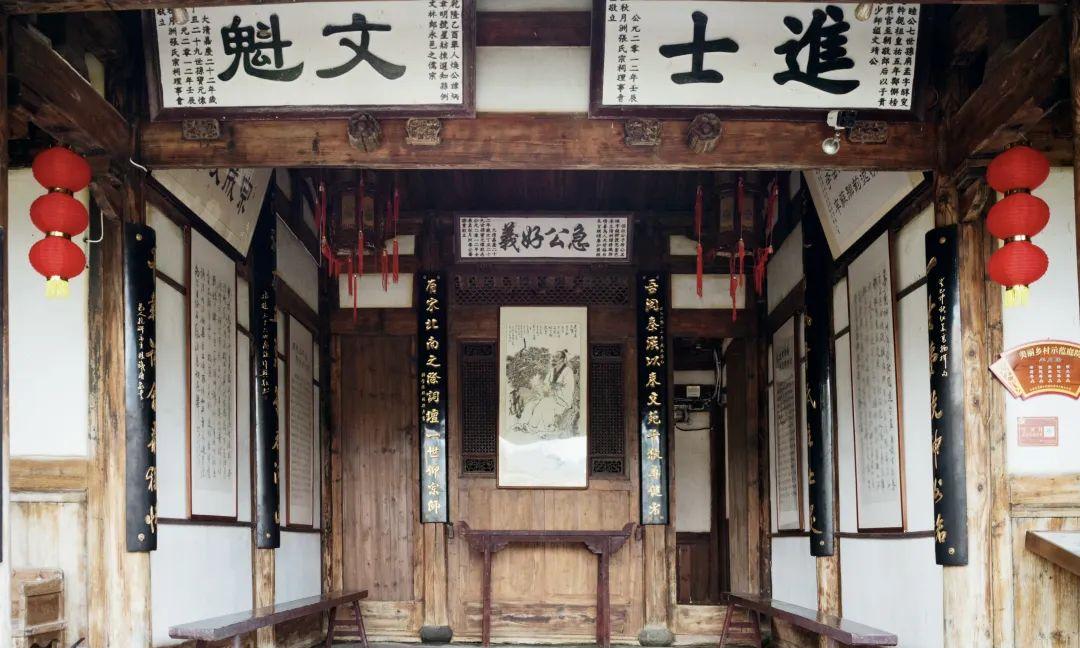
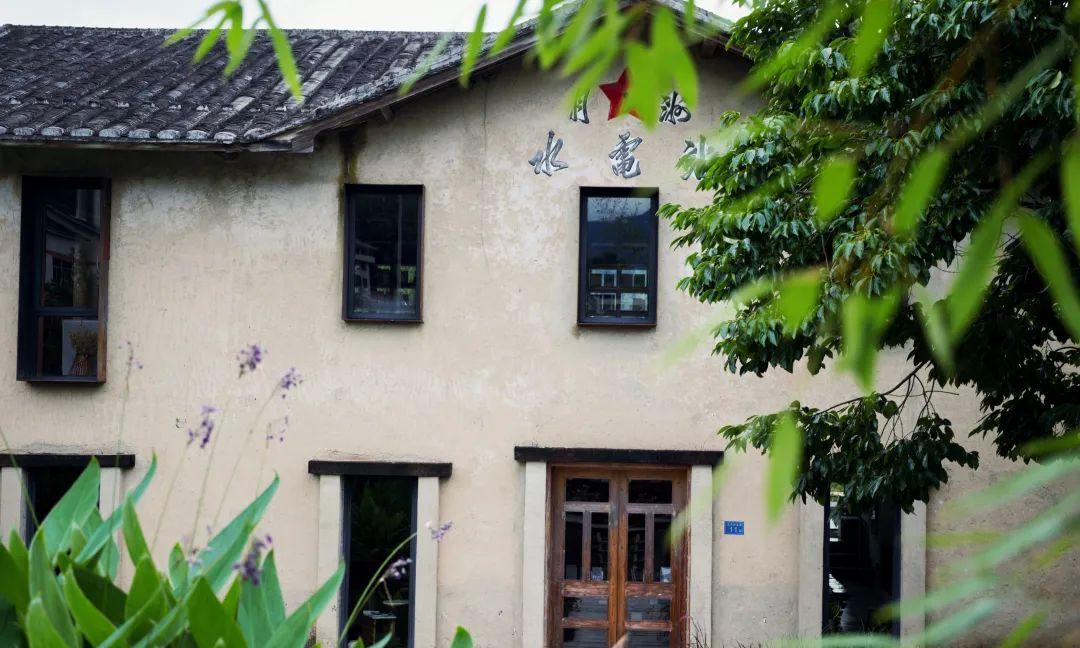
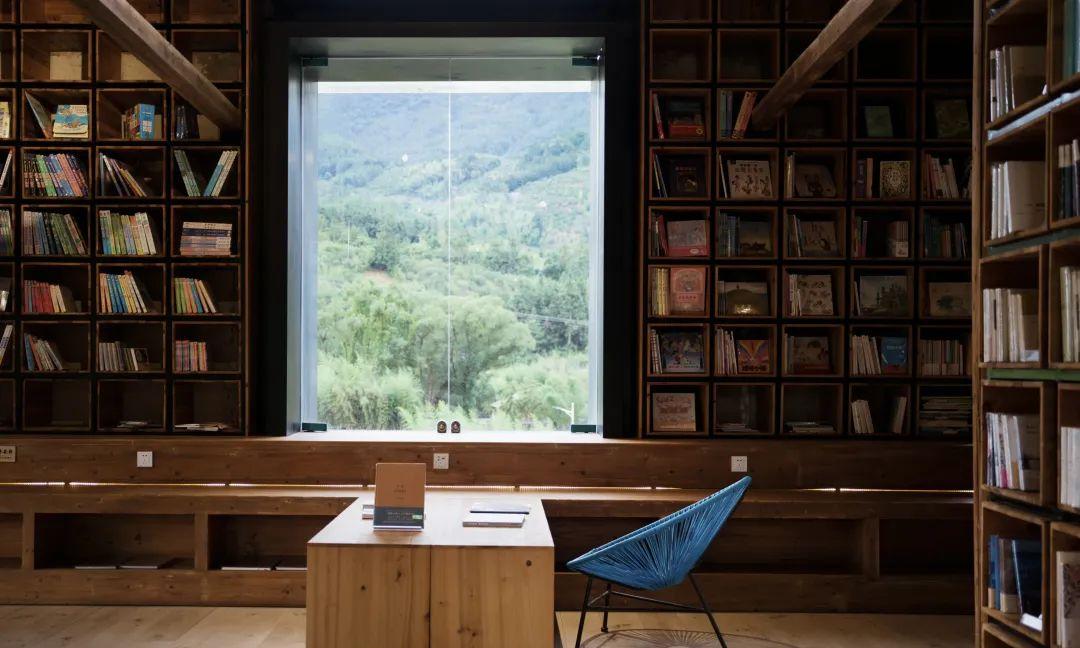
Shengping Village
Shengping Village is located in Dayang Town and was built during the Qianlong era of the Qing dynasty. The owner of the Zhuangzhai is surnamed Yan, descendants of the State of Yan.
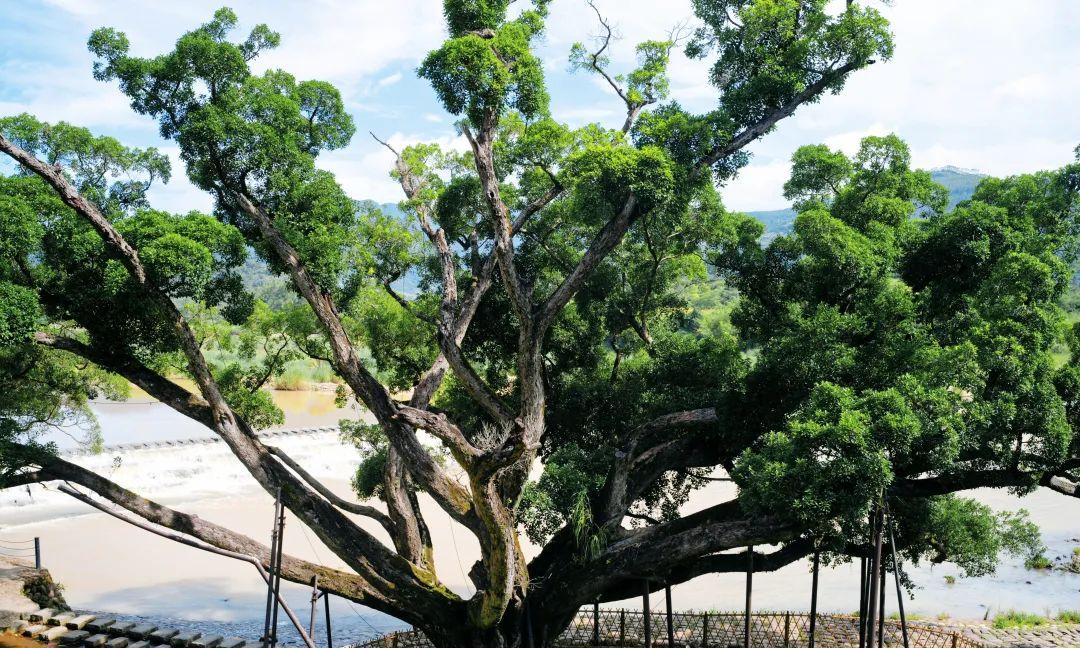
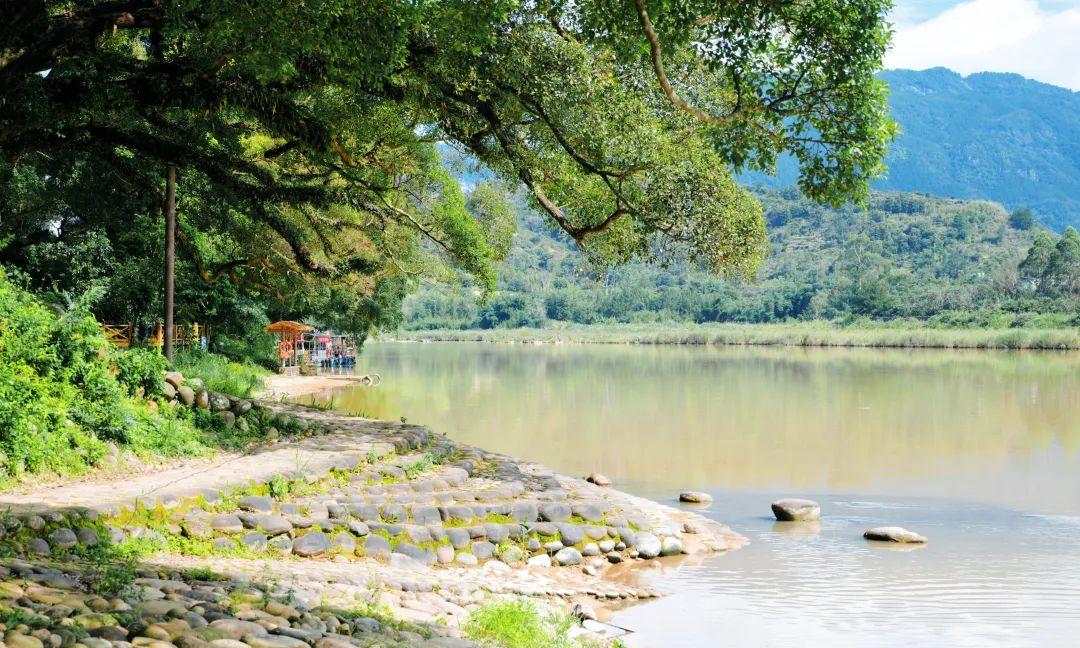
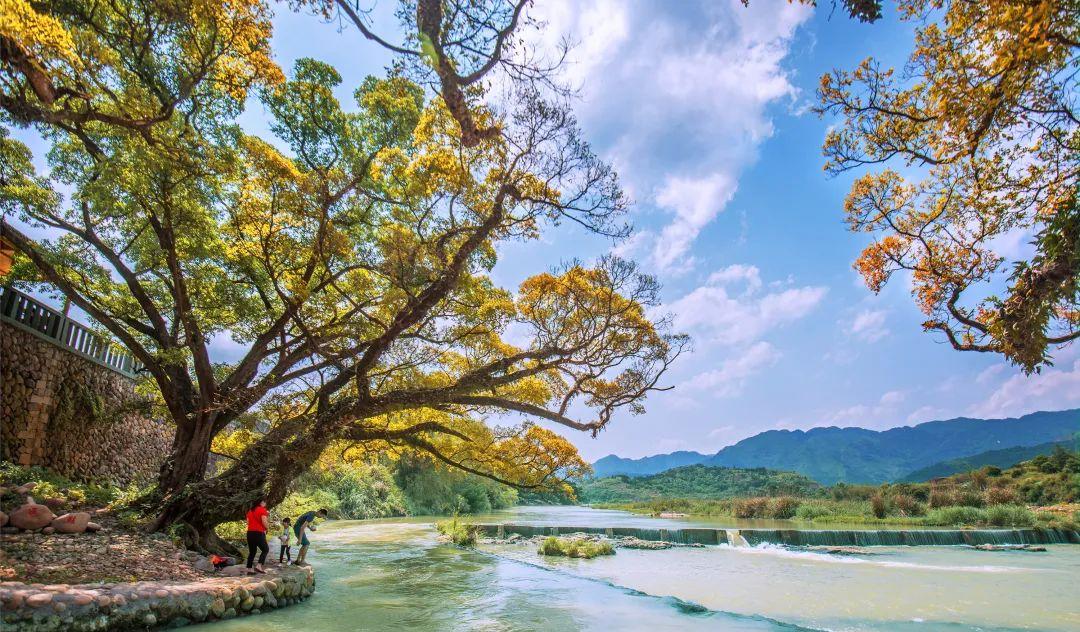
The Yan family experienced ups and downs but regained prosperity during the Qianlong period. Yan Guangchun was a successful candidate in the imperial examination but declined to serve as the magistrate of Songxian in Hubei due to his filial piety, receiving an imperial plaque reading “Enlightened Honor and Nurturing.”
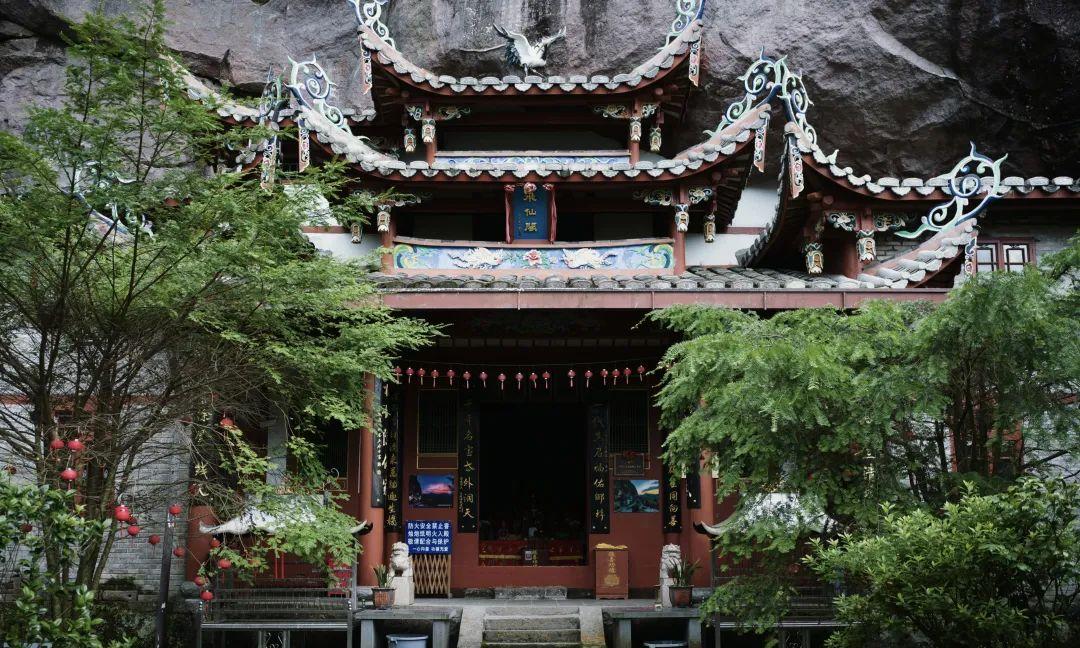
This village was also the former headquarters of the guerrilla group of Fujian, Zhejiang, and Jiangxi, where several battles took place, with visible bullet mark traces on the outer walls.
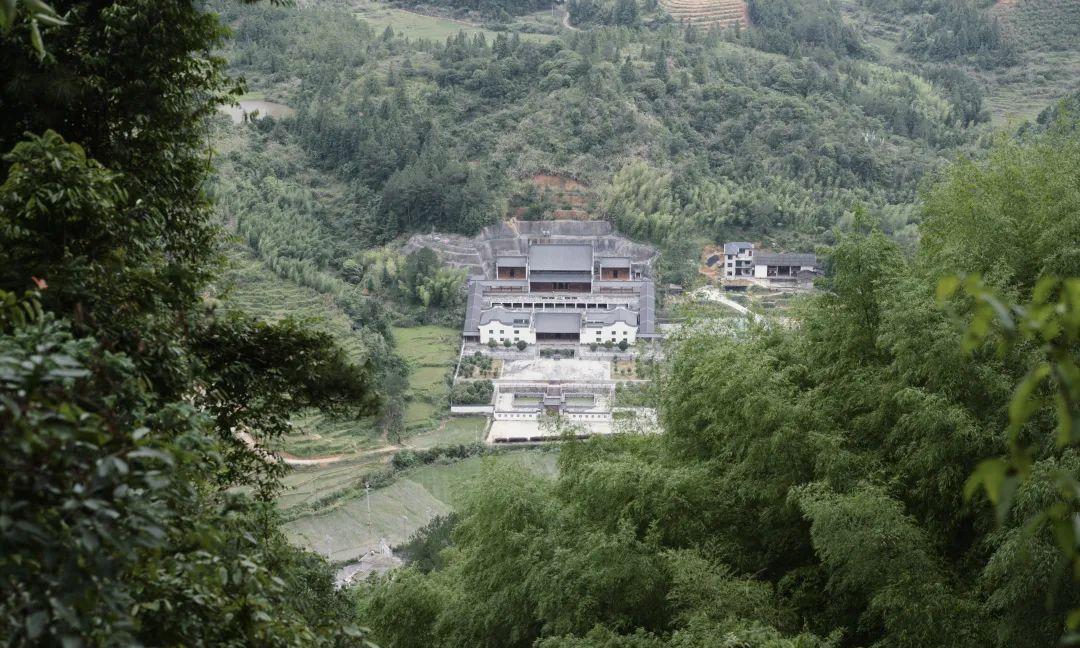
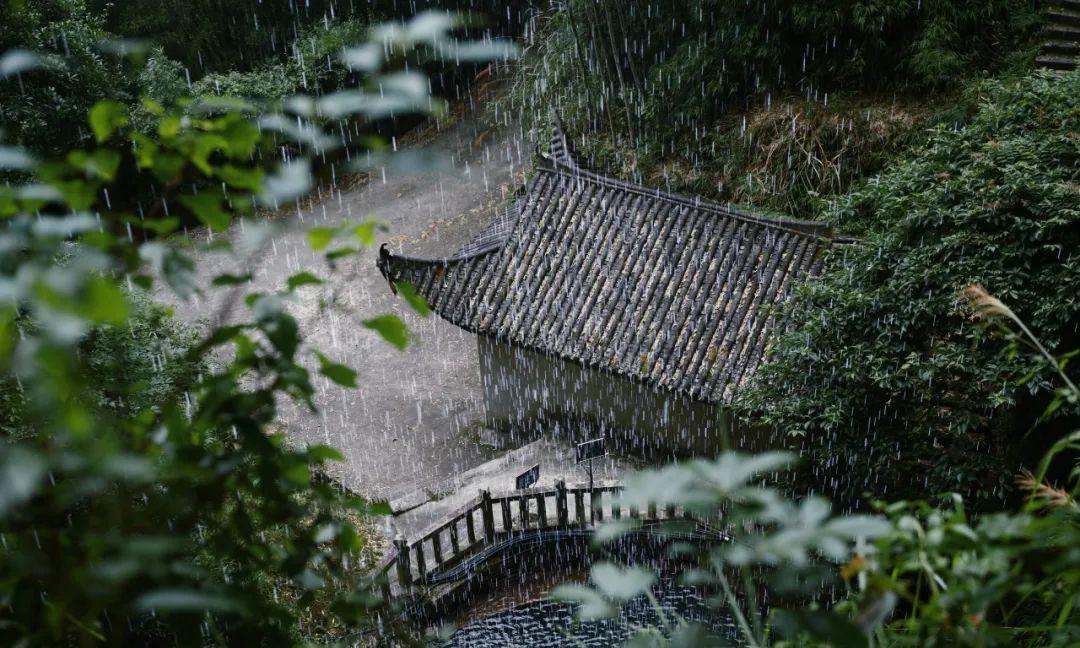
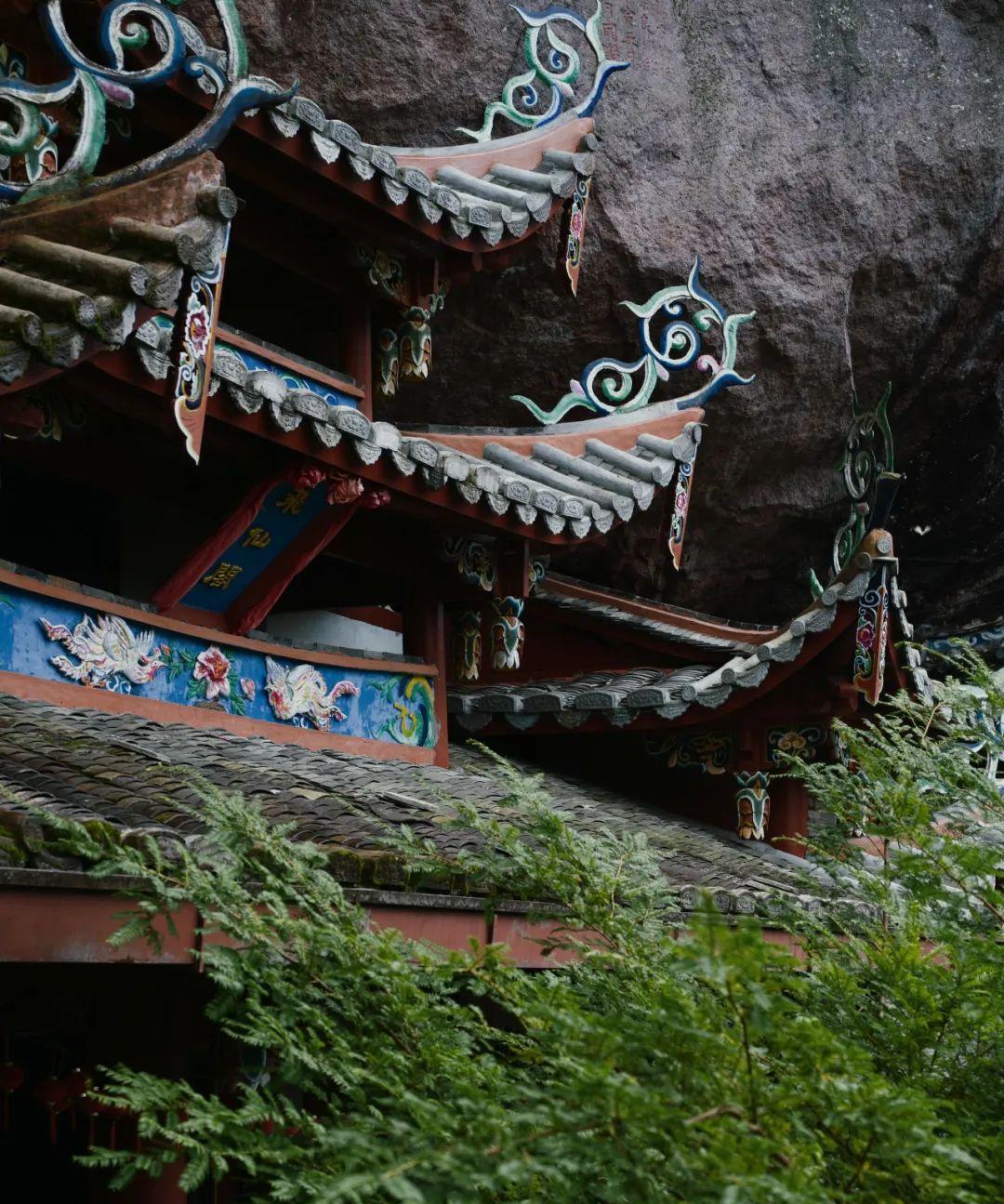
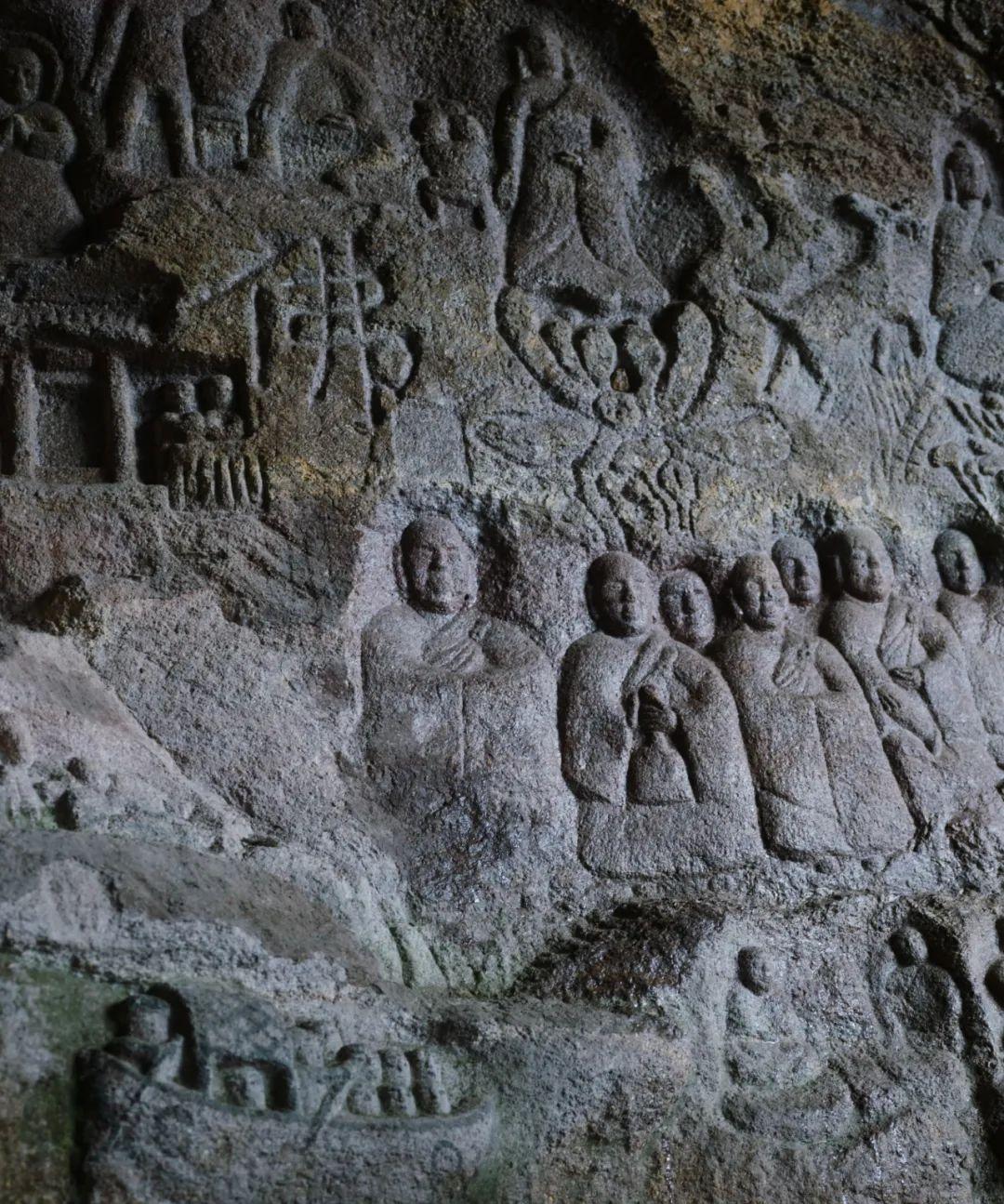
Tips: The Zhuangzhai are open to the public for free, managed by representatives of the villagers, some of whom are descendants of the original inhabitants. Visitors can note the contact information at the Zhuangzhai entrance for a chance to learn more about the details of the Zhuangzhai from them.
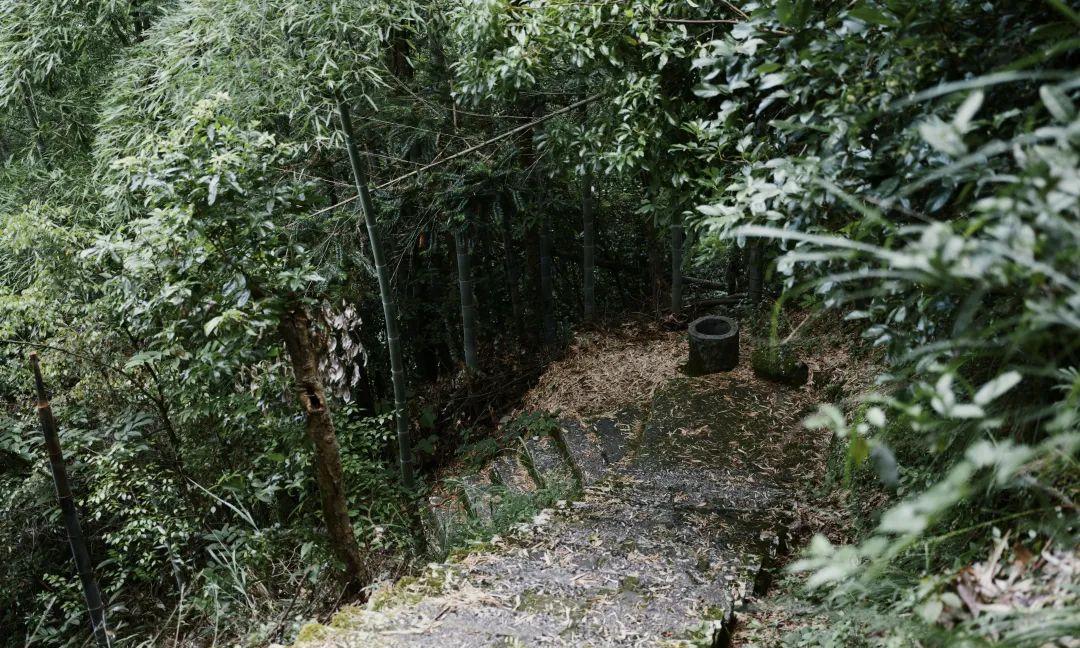
Sungkou Ancient Town
Sungkou Ancient Town is located in the southwestern part of Yongtai County and has long been an important commercial port and transportation hub in central Fujian, preserving a large number of ancient buildings from the Ming and Qing dynasties.
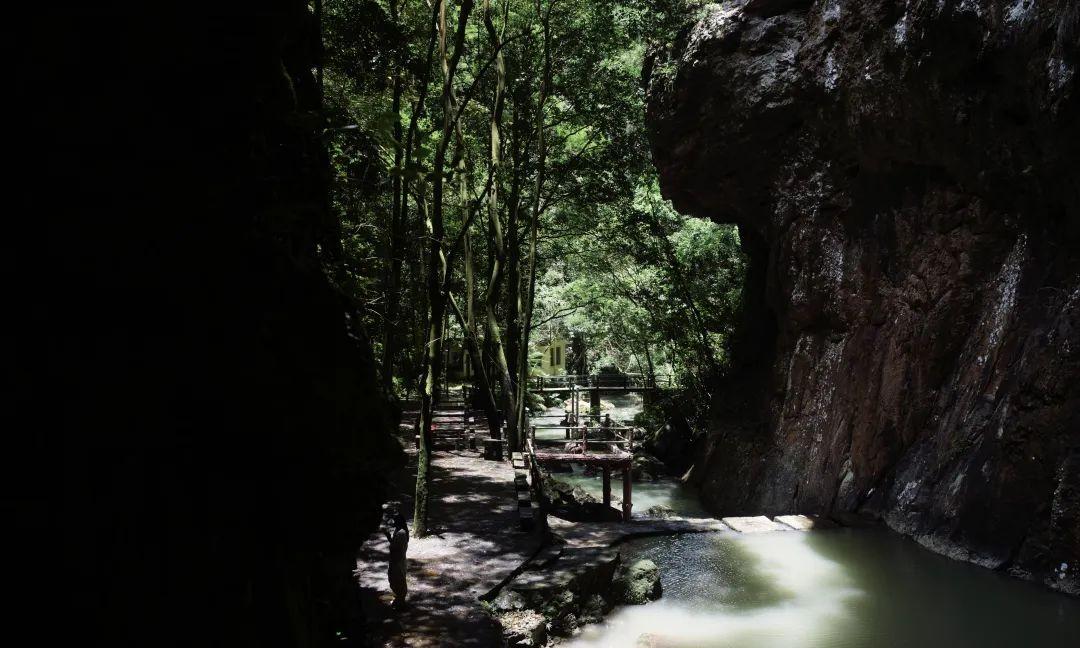
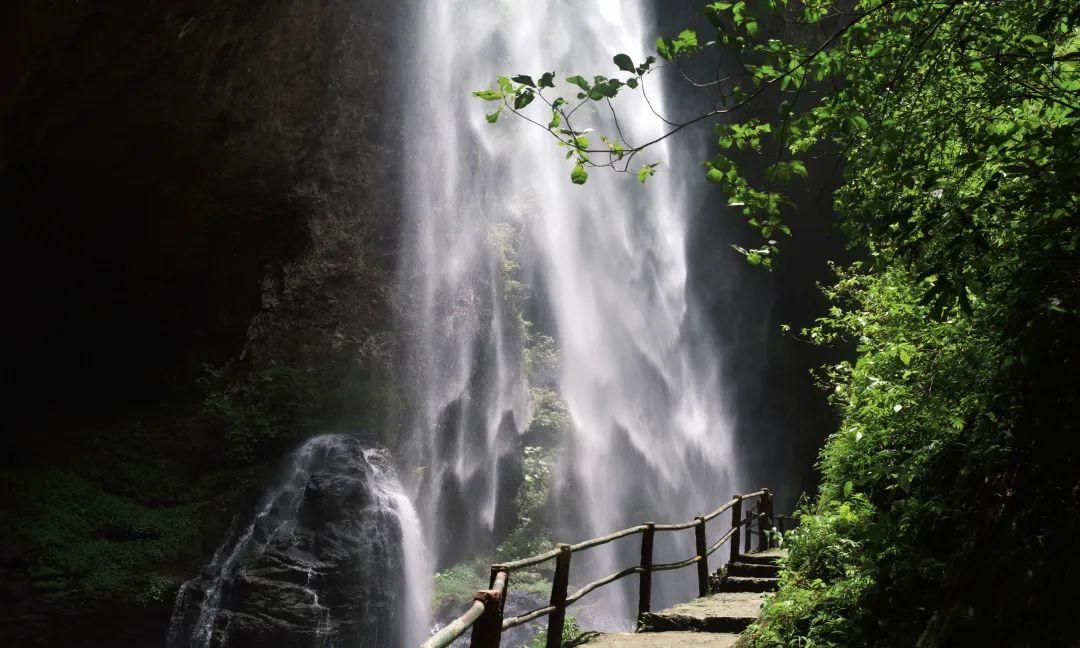
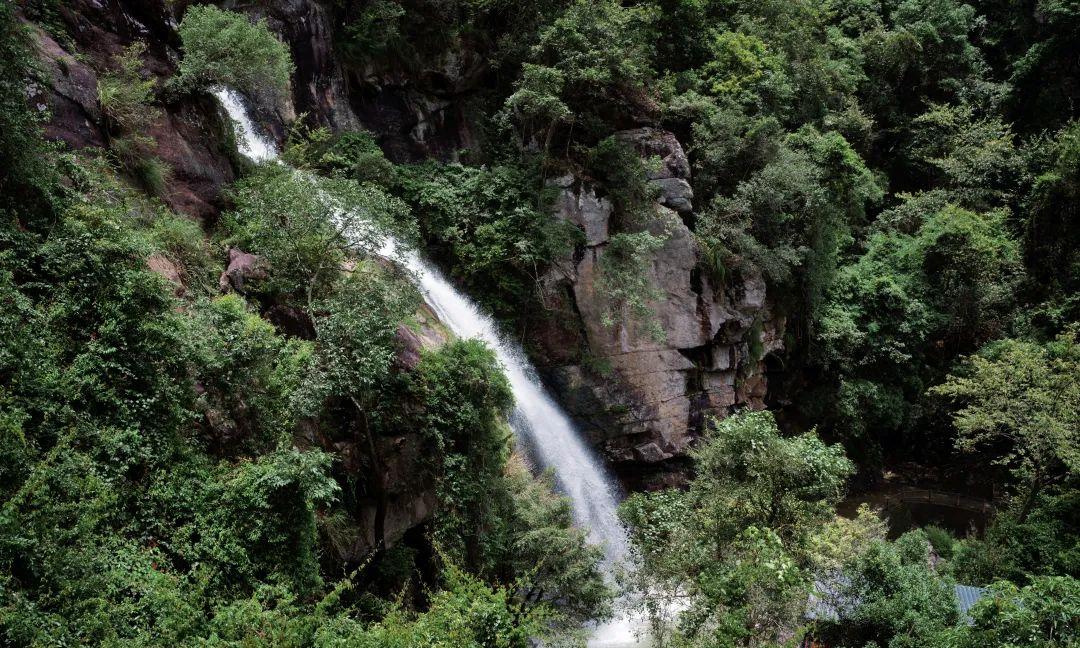
Within the town, the cobbled streets, ancient bridges, and wells all convey historical remnants.
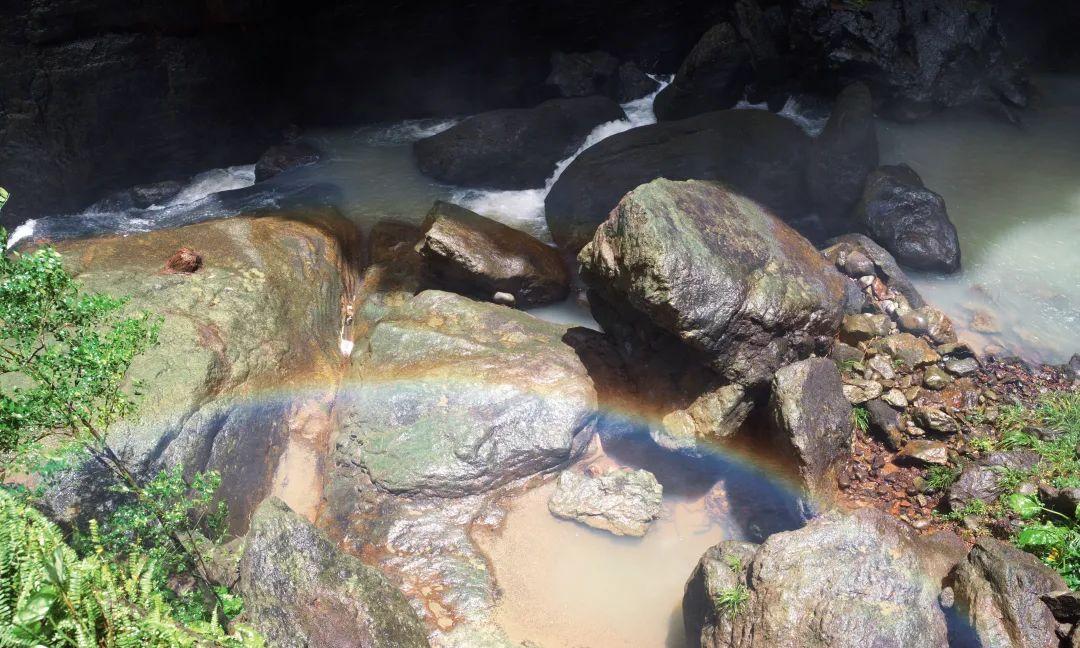
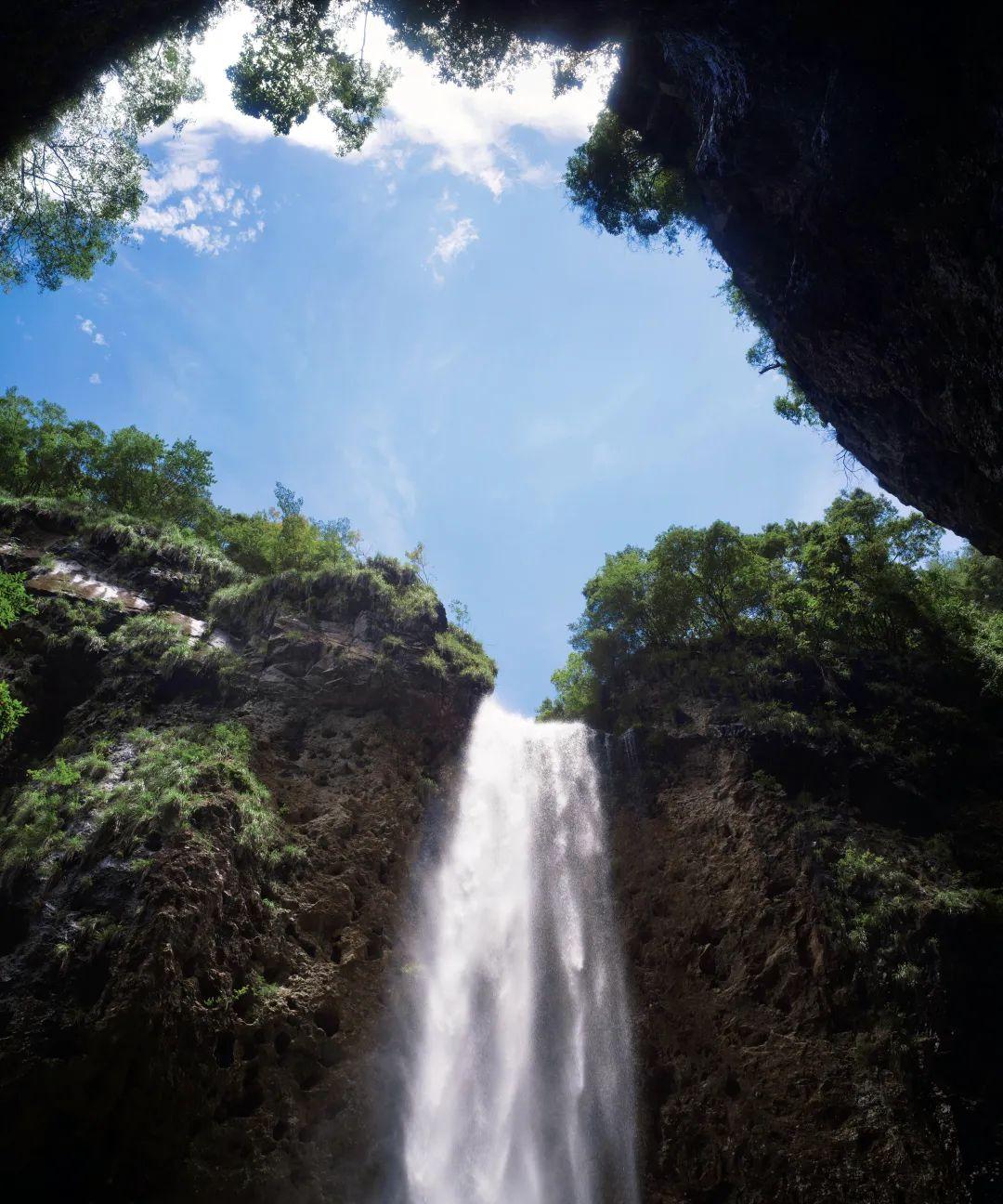
➡️Tour Route: Under the Banyan tree — Ancient ferry terminal — Daxing Tower — Folk Museum — Hexing Road
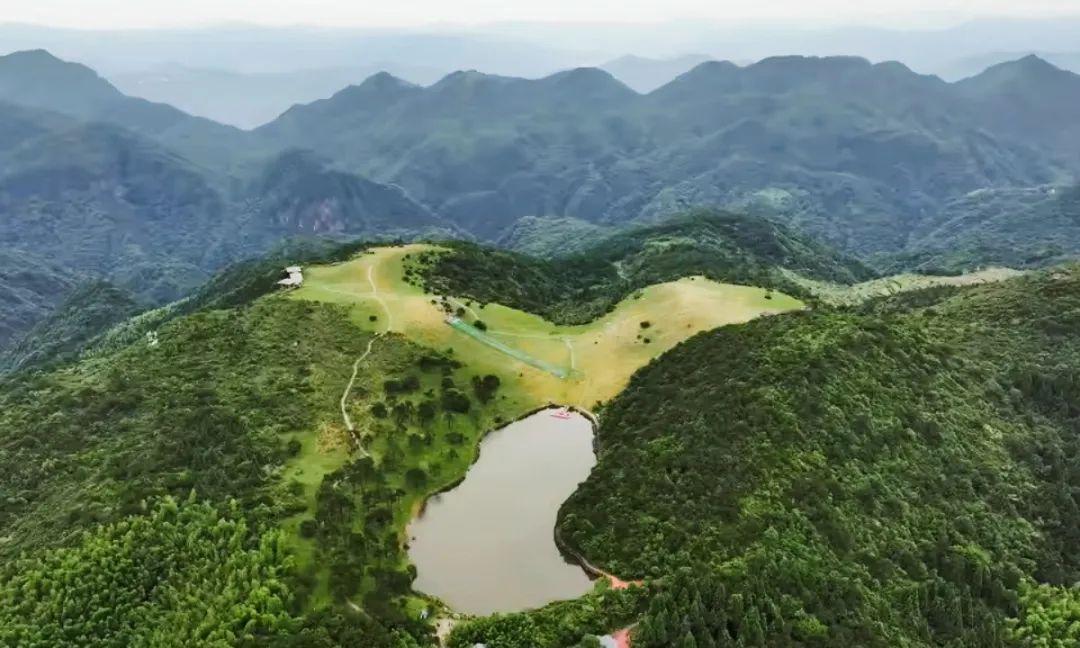
Hexing Road is the most distinctive part of Sungkou Ancient Town, unique among ancient towns throughout the country. It is 150 meters long, constructed following the curve of a crane’s neck, with compacted earth walls reinforced with cobblestones, giving it an ancient and natural appearance.
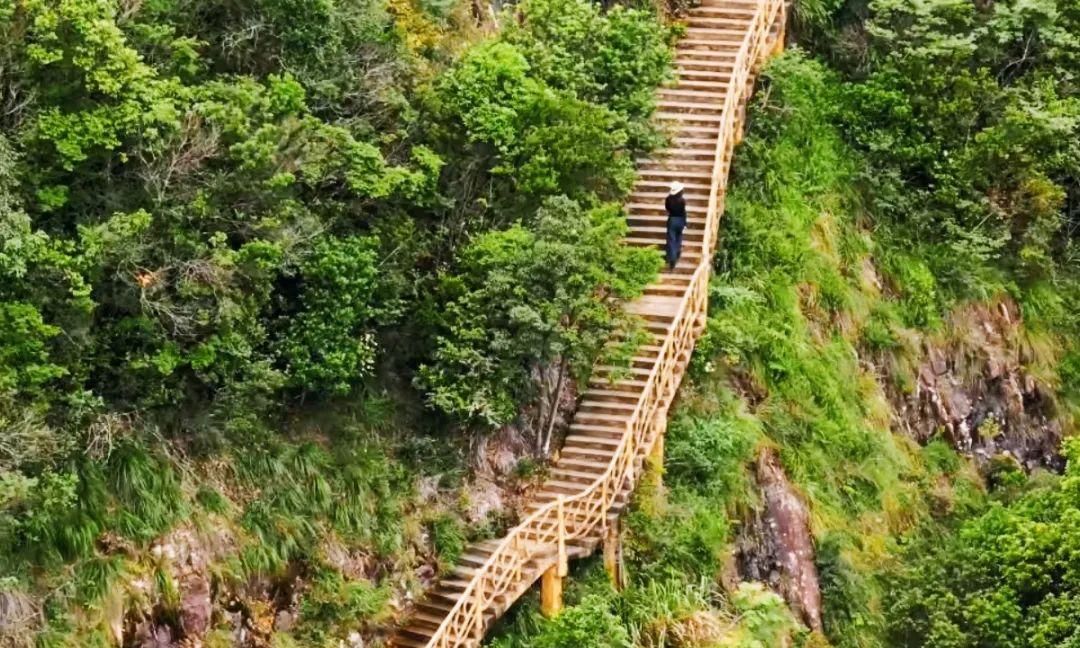
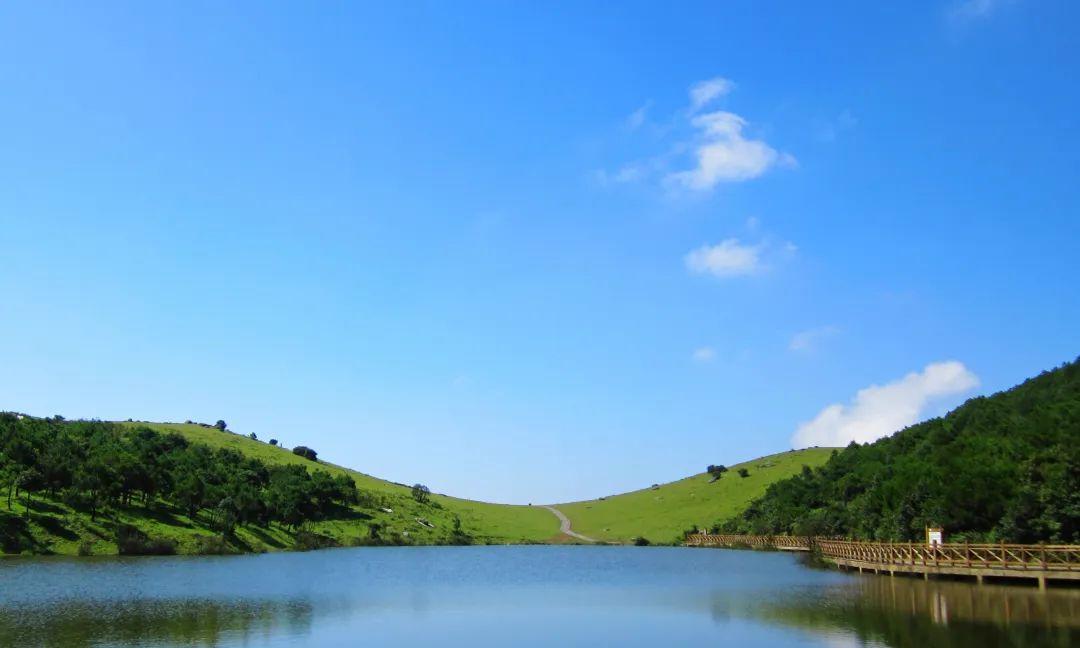
Over time, Sungkou Ancient Town has rejuvenated, imbued with new vitality. It has not been overly commercialized and still maintains the tranquil and easygoing atmosphere of an ancient town.
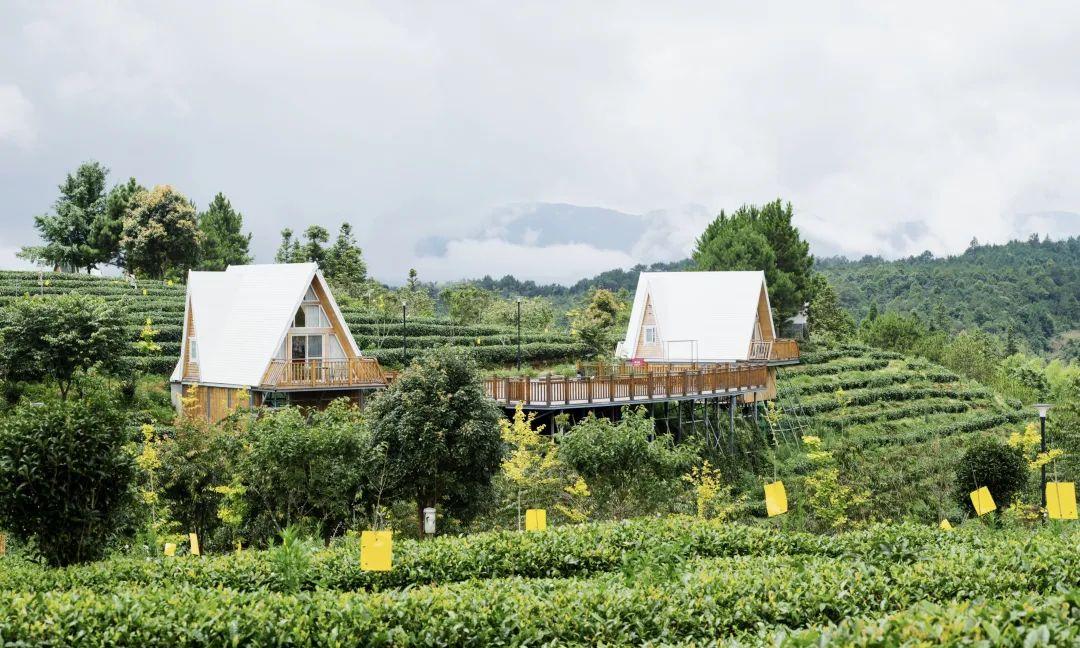
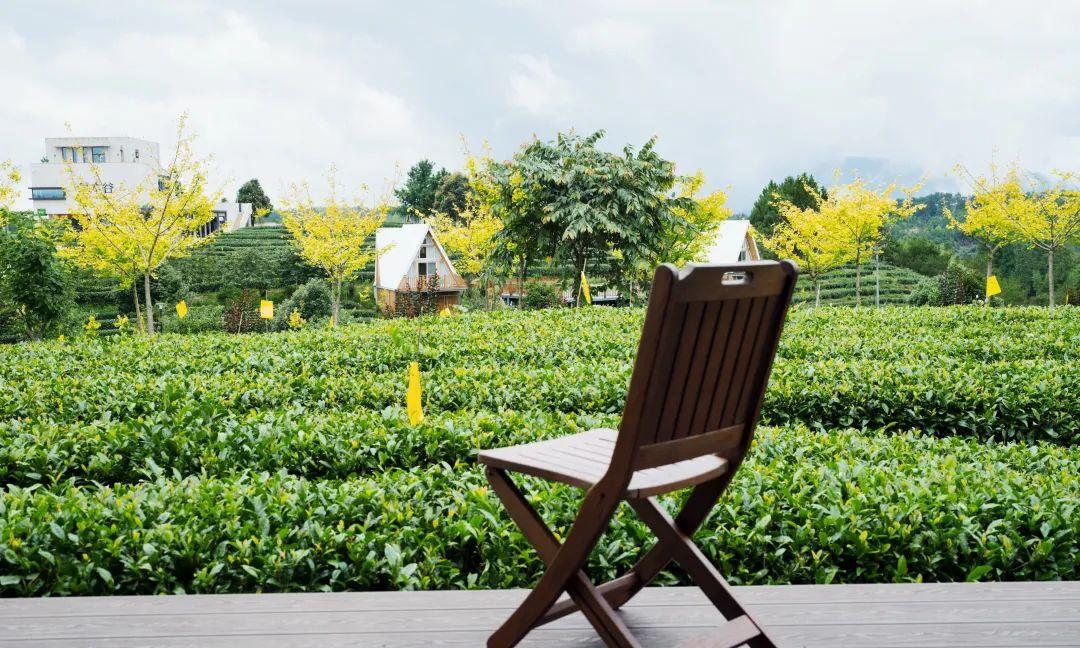
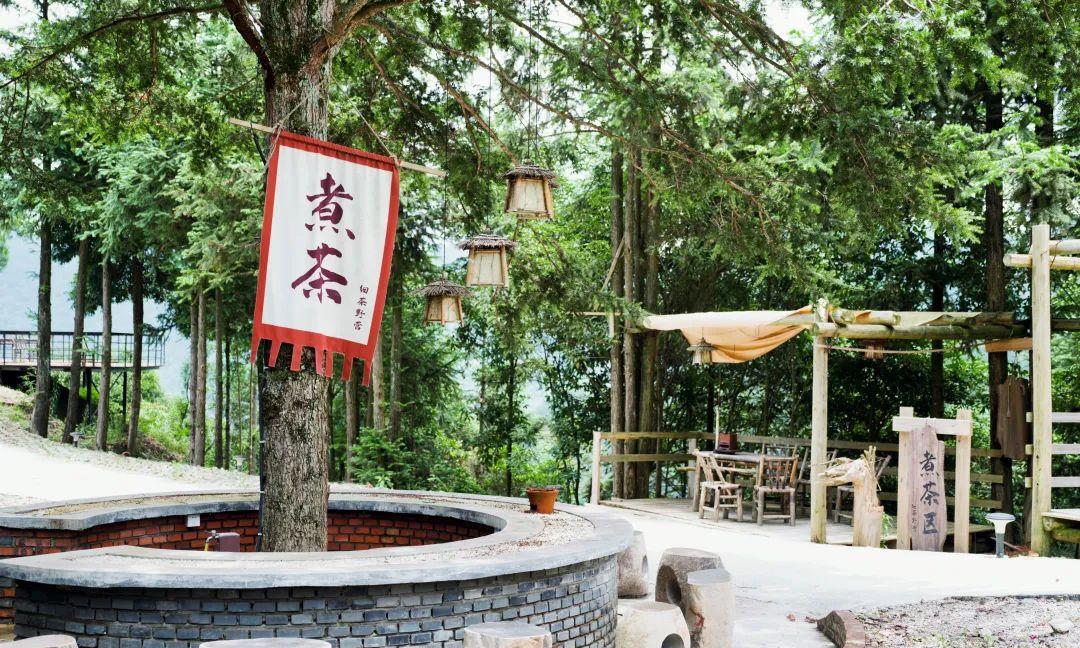
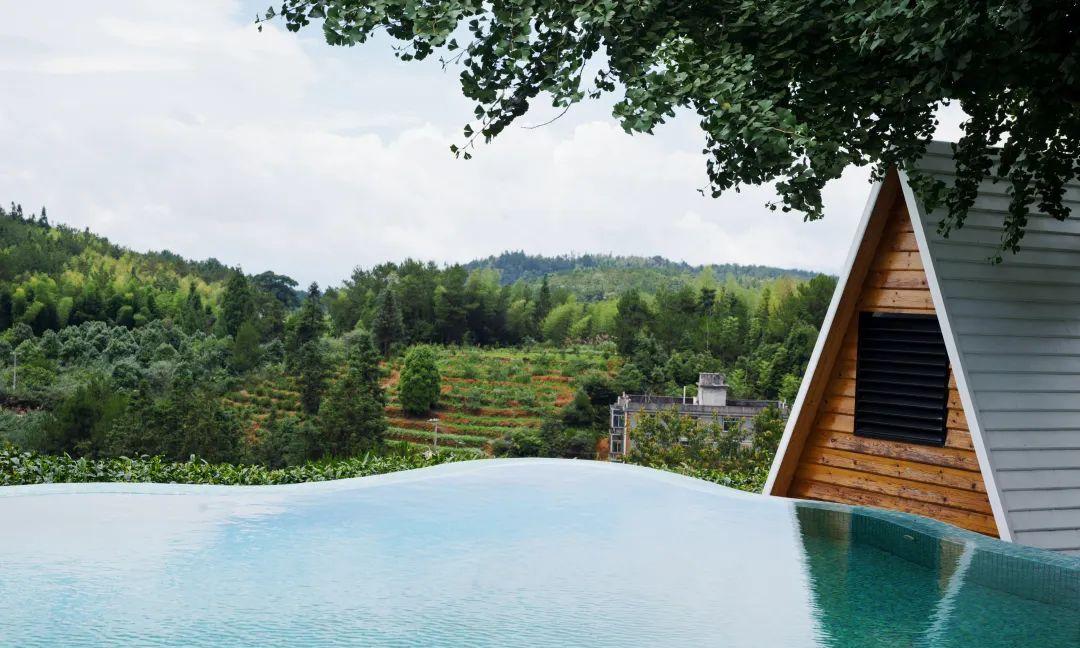
Daxi Village
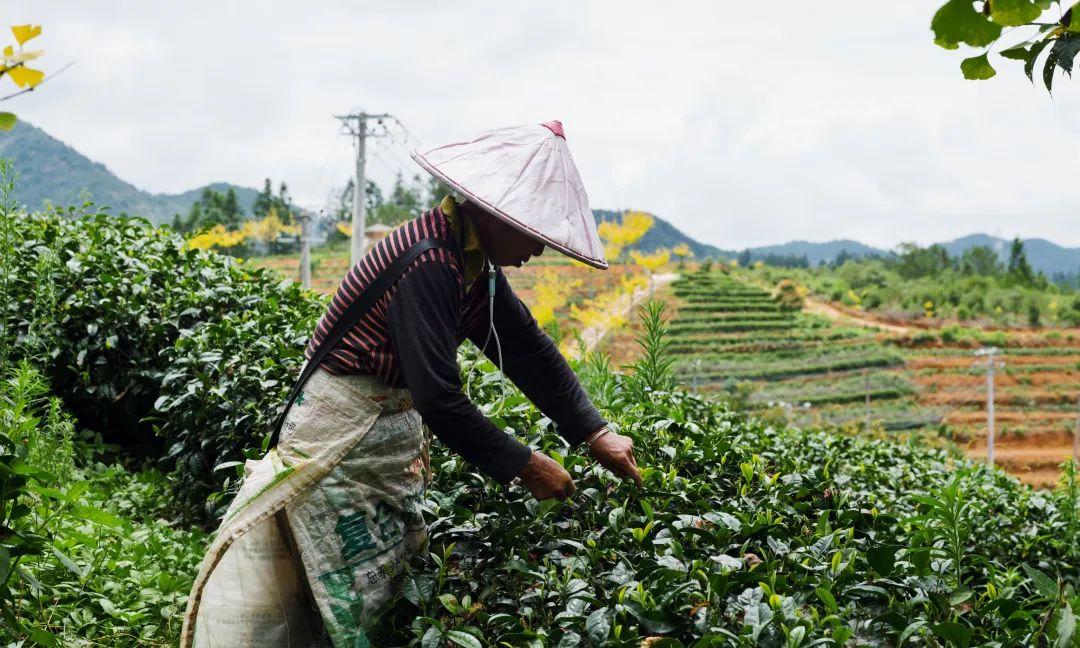

Daxi Village gives me the feeling of being hidden deep in the mountains. Only by venturing into the depths of the mountains can one appreciate the lush greenery and rippling blue waters, creating a secret paradise of beauty.
At the village entrance, the impressive Daxi Reservoir dam, which also serves as a bridge, immediately catches your eye.

Along the river are large plum orchards, and in spring, this area blooms into a paradise of white flowers.
By late June, the red-hued Fuyong plums hang from the trees, which are harvested and turned into dried plums—a specialty of Yongtai, distributed overseas.
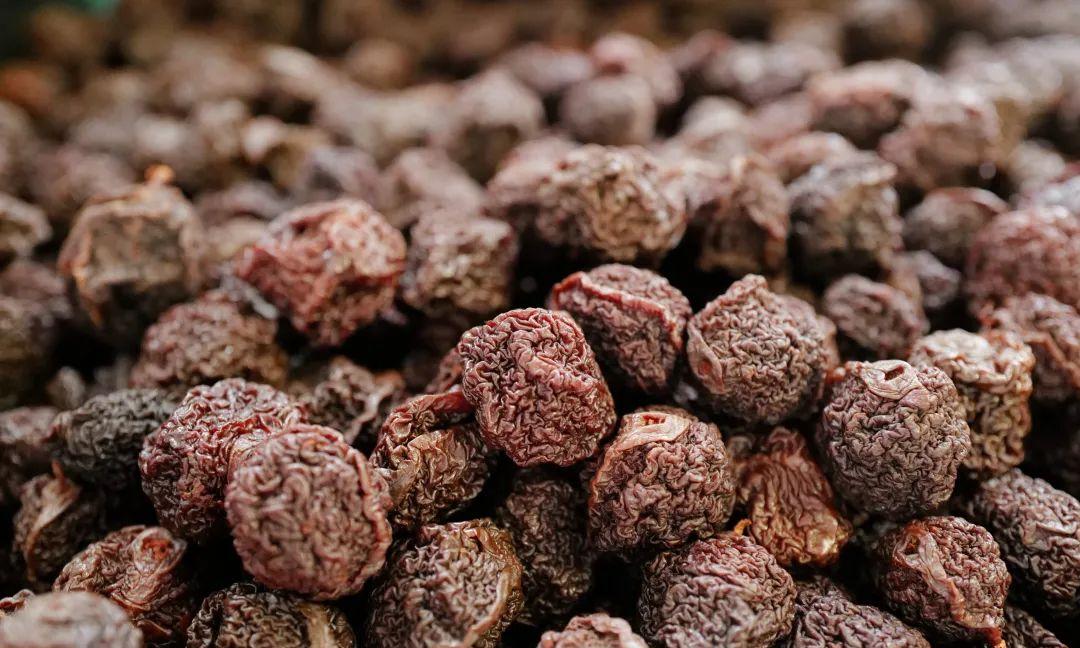
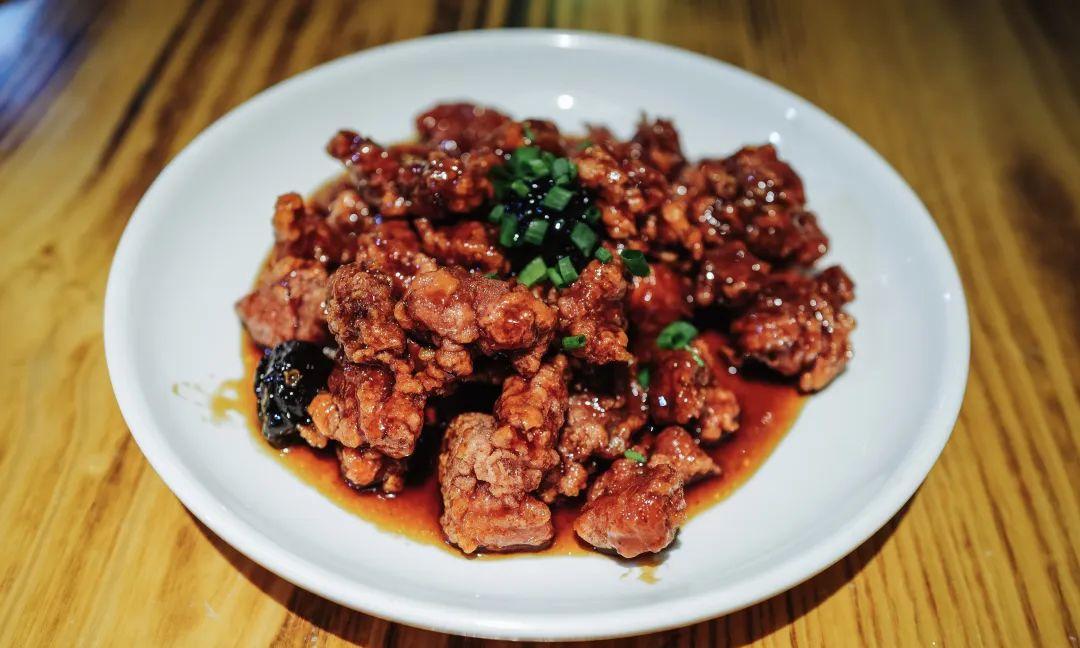
When I arrived, a light rain had just fallen; the mountains were shrouded in mist, adding a touch of tranquility and mystery to Daxi Village’s pastoral scenery.
Here, it becomes remarkably easy to immerse oneself in nature. The relaxation that the villagers exude appears innate; it’s hard to imagine how content one could feel living amidst such natural beauty. Daxi truly lives up to its name!


A forest camping site being developed in the village is set to open to the public in August, allowing visitors to experience a pace and atmosphere of life that starkly contrasts with the city.
Yuezhou Village
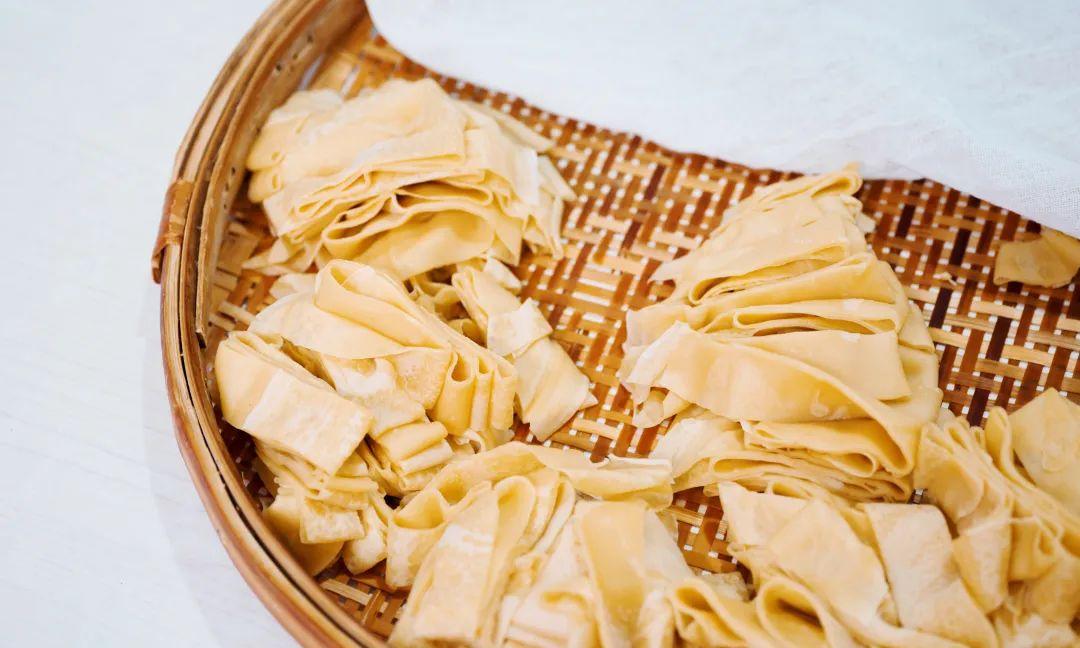
This small village by the mountains and water may seem unremarkable, yet it is historically known as a cultural village and is one of the origins of Zhang clans in the southeastern coastal areas, Taiwan, and Southeast Asia.
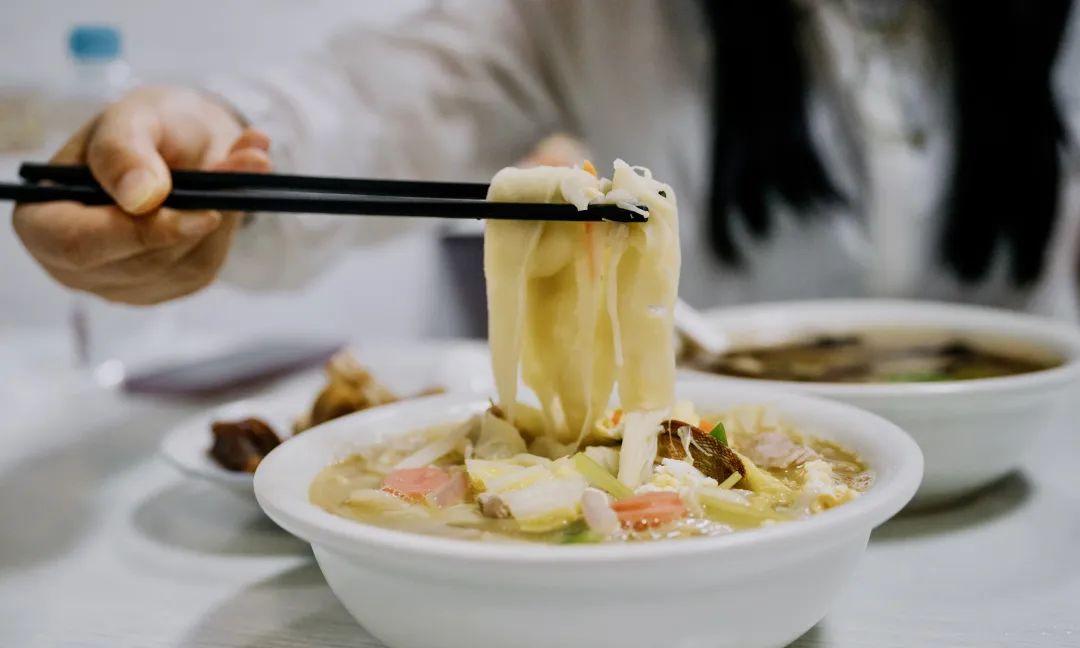
Here, emerged Yongtai County’s first successful candidate Zhang Wo, the Zhang Jiamen father and son duo—all six of whom were successful in examinations—along with Zhang Yuangan, a patriotic poet of the Southern Song dynasty, and Zhang Shengjun, a widely revered figure in Daoism in Fujian and Taiwan.

An abandoned hydropower station has been transformed into a guesthouse and a library for villagers (the second-floor library is only open to guesthouse guests).
Spring Light Village
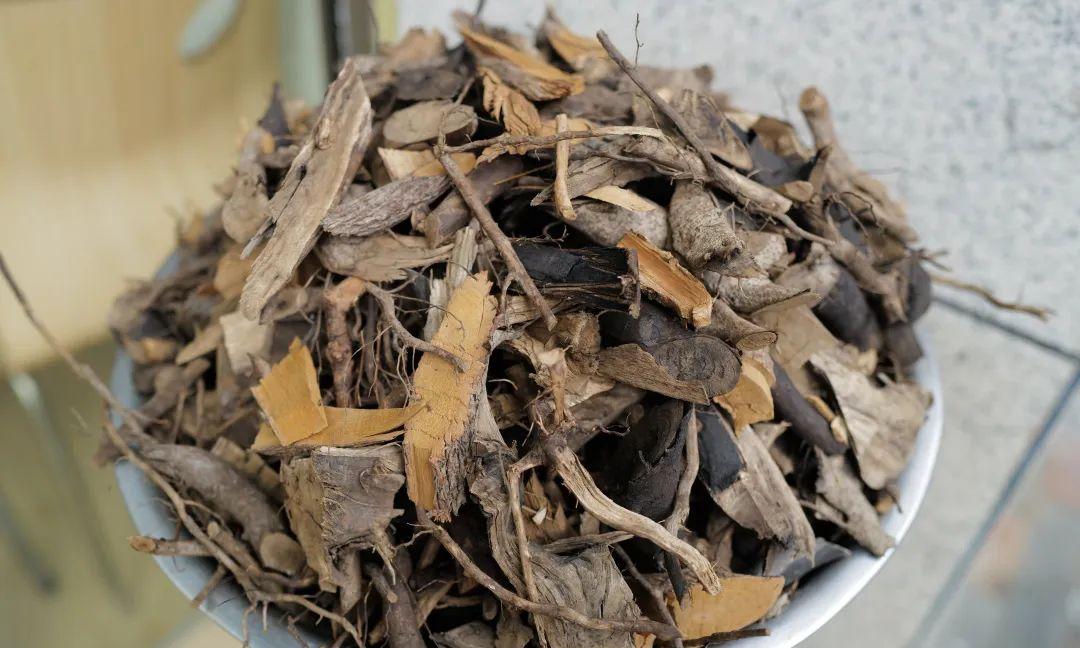
The Dazhang Creek flows gently along one side of the village, with towering ancient banyan trees lining the banks, which inspires the name “Yuexi • Ancient Banyan Crossing.”
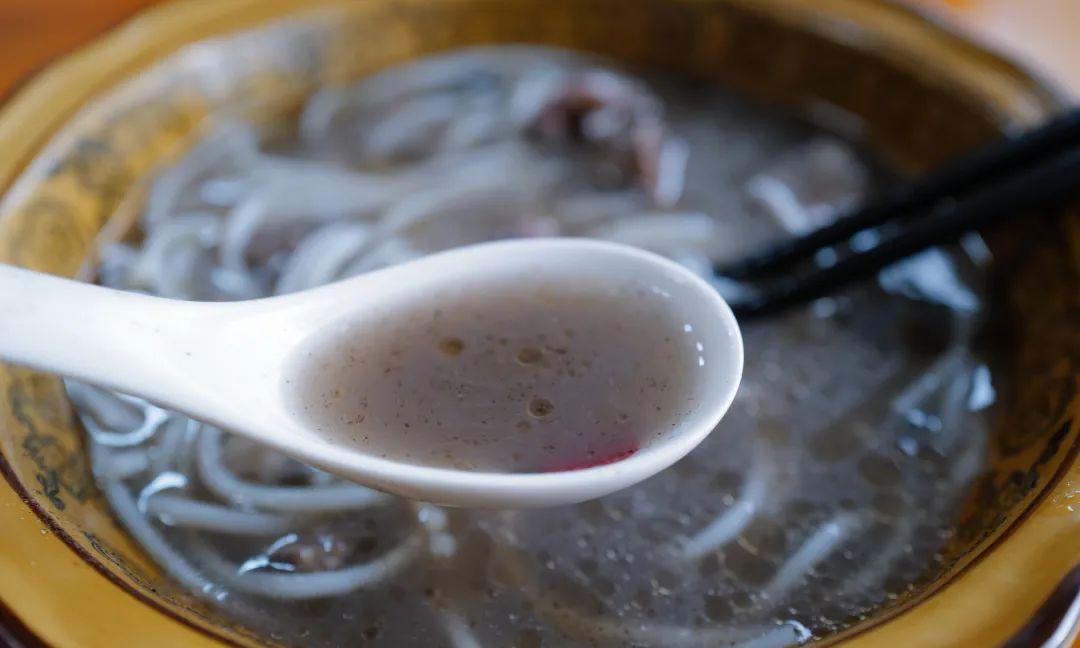
I walked along the quaint and winding cobblestone path, with green trees shading me and a gentle breeze bringing a touch of summer coolness. At the nearby ferry terminal, visitors can experience boating along the river, enjoying views of the towering banyan trees and the village from the water.

Mingshan Temple
Mingshan Temple is located on Gaogai Mountain in Dayang Town. It is not only one of Yongtai’s famous scenic spots but also one of the few religious sites in the country where Buddhism, Taoism, and Confucianism co-exist.
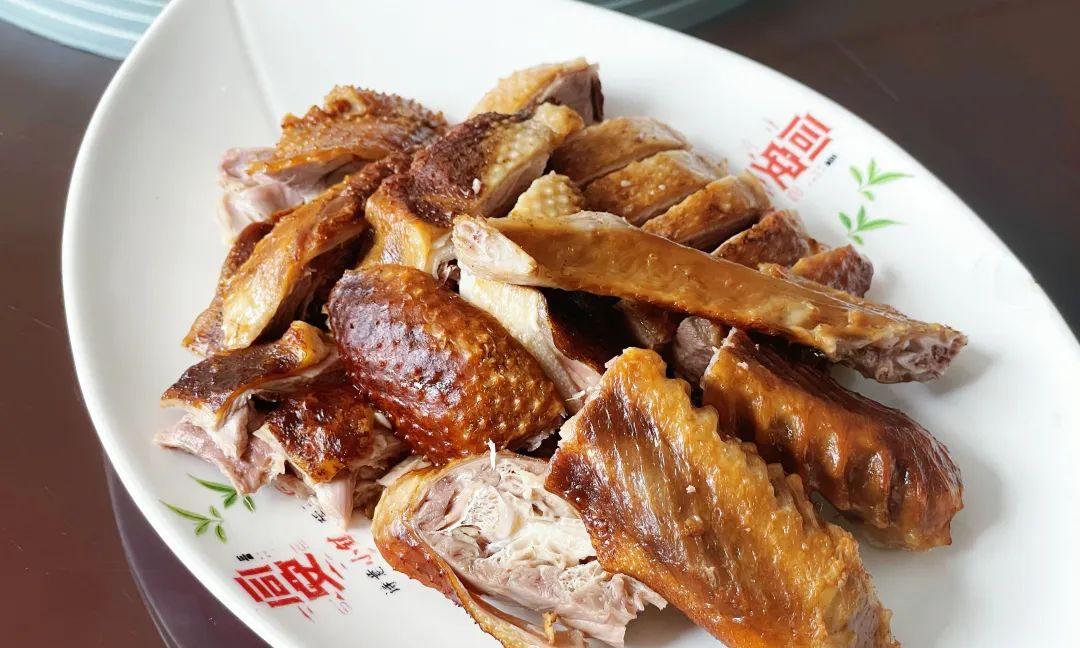
At the foot of the mountain is the Mingshan Courtyard, where the eminent Buddhist monk Chan Hui once practiced. The mountain houses Mingshan Temple, where notable Taoists Xu Deng and Zhao Bingzeng attained enlightenment. The western chamber features a study hall that has been graced by successful candidates Xu Jiang, Jinshi Chen Xiangdao, Vice Minister of Rites Chen Yang, and famous official Huang Wenhui, turning it into a Confucian sacred site in the western area.
Mingshan Temple faces south, with its wooden structure built of rock caves, composed of the main hall, the eastern chamber (Spirit Turtle Cave), and the western chamber (Blood Basin Cave, Guanyin Cave), making it a pilgrimage site for lovers of ancient architecture and religious culture.
Although a road now leads up the mountain, allowing self-driving to reach the summit directly, many choose to ascend via ancient paths, showcasing their sincerity while taking the opportunity to strengthen their health. Walking to the top takes about 40 minutes, while reportedly, the Taoist master only requires 20 minutes to climb.
Natural Scenery of Yongtai
Baiqigou
The Baiqigou Scenic Area is located in Wutong Town, famous for its unique topography and magnificent waterfall scenery.
There are multiple waterfalls of varying sizes on the mountain, with torrents flowing fiercely and a grand spectacle especially noted at the Double Rainbow Waterfall.
I was fortunate to witness the beautiful rainbow and the scenic sinkholes on a clear day, marveling at the romance and grandeur of nature.
Yunding Heavenly Pool
The Heavenly Pool is a mountaintop lake formed millions of years ago from volcanic eruptions, surrounded by expansive alpine meadows.
Visitors can choose to climb the 365-step pathway to the summit or take a cable car, enjoying the beautiful views while traveling directly from the valley to the mountain top.

Caomugu
Caomugu is an extensive tea mountain filled with lush greenery and fresh air. Due to its higher elevation, it serves as a natural summer retreat, with temperatures being five degrees cooler than at the foot of the mountain.


